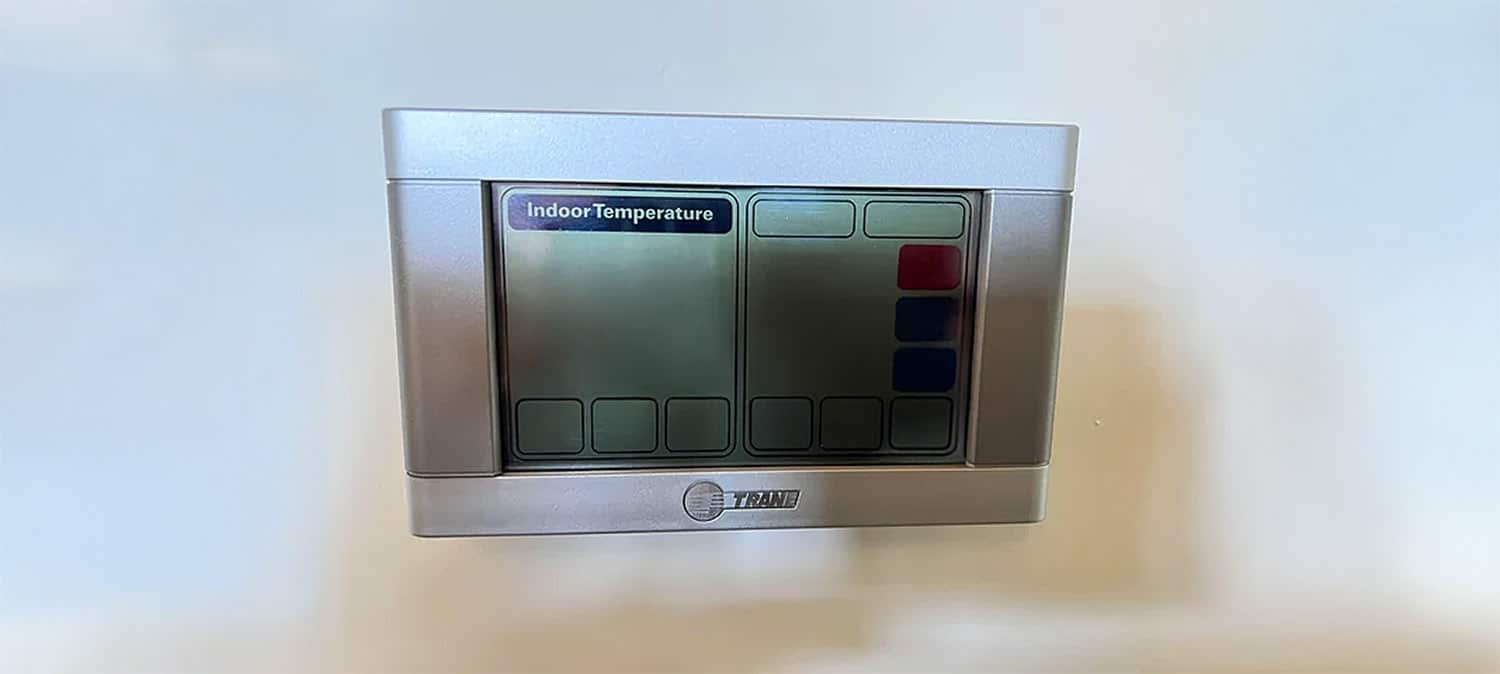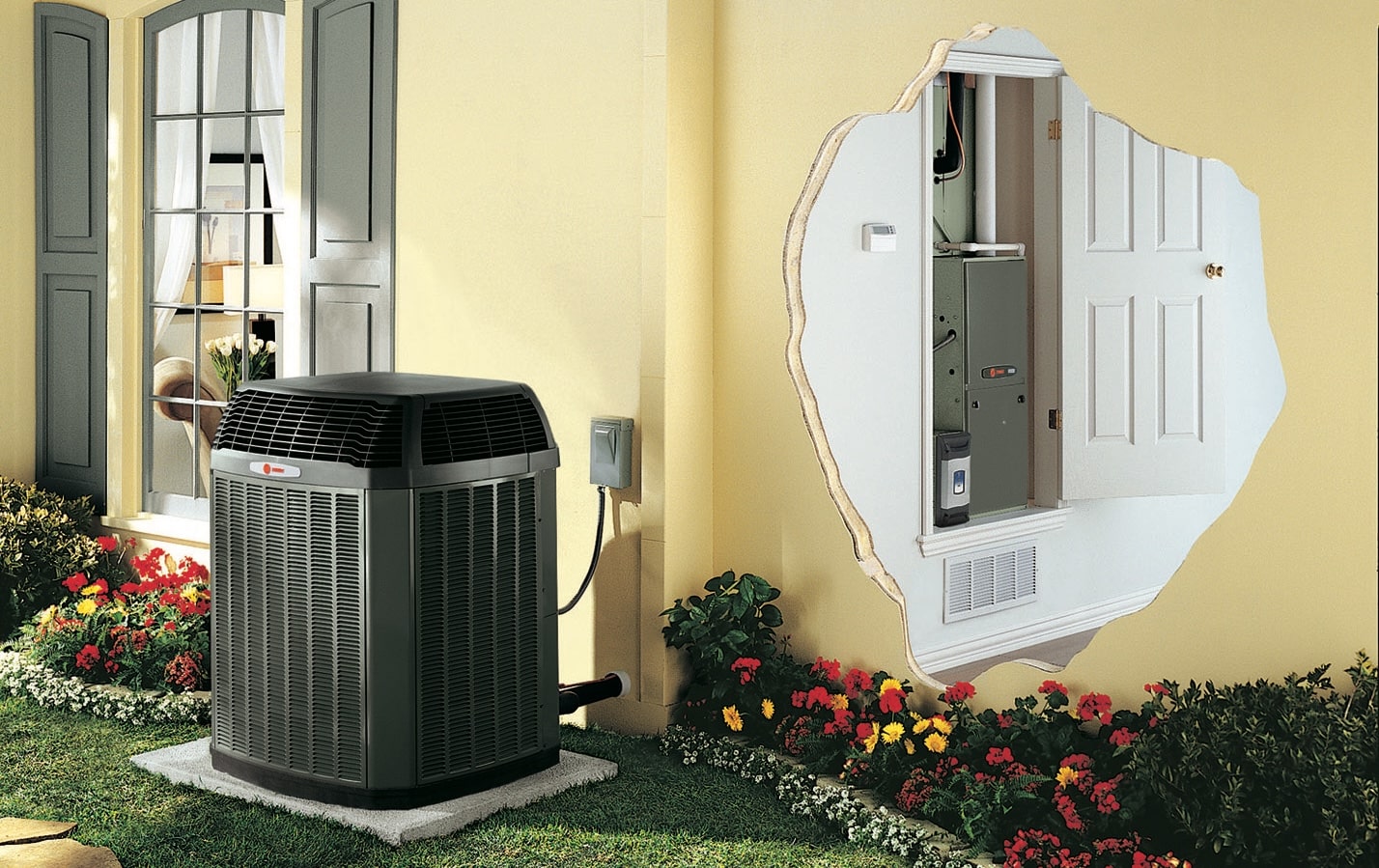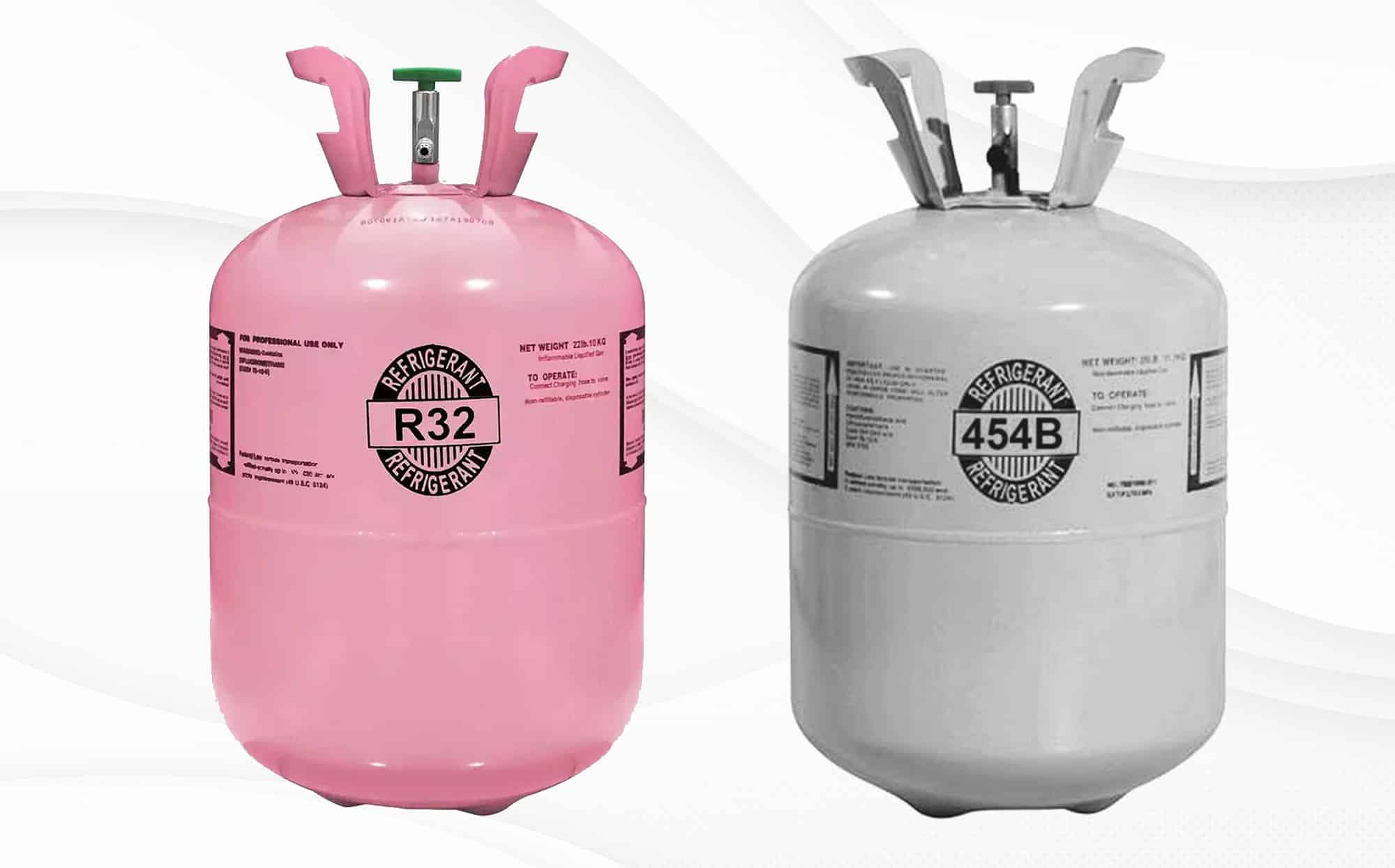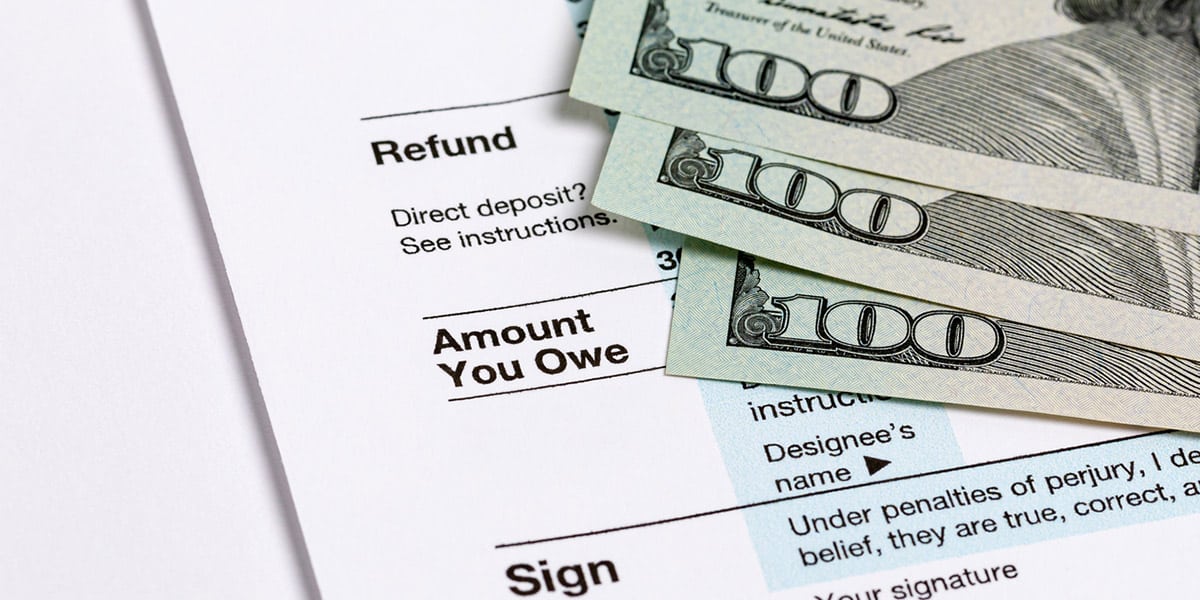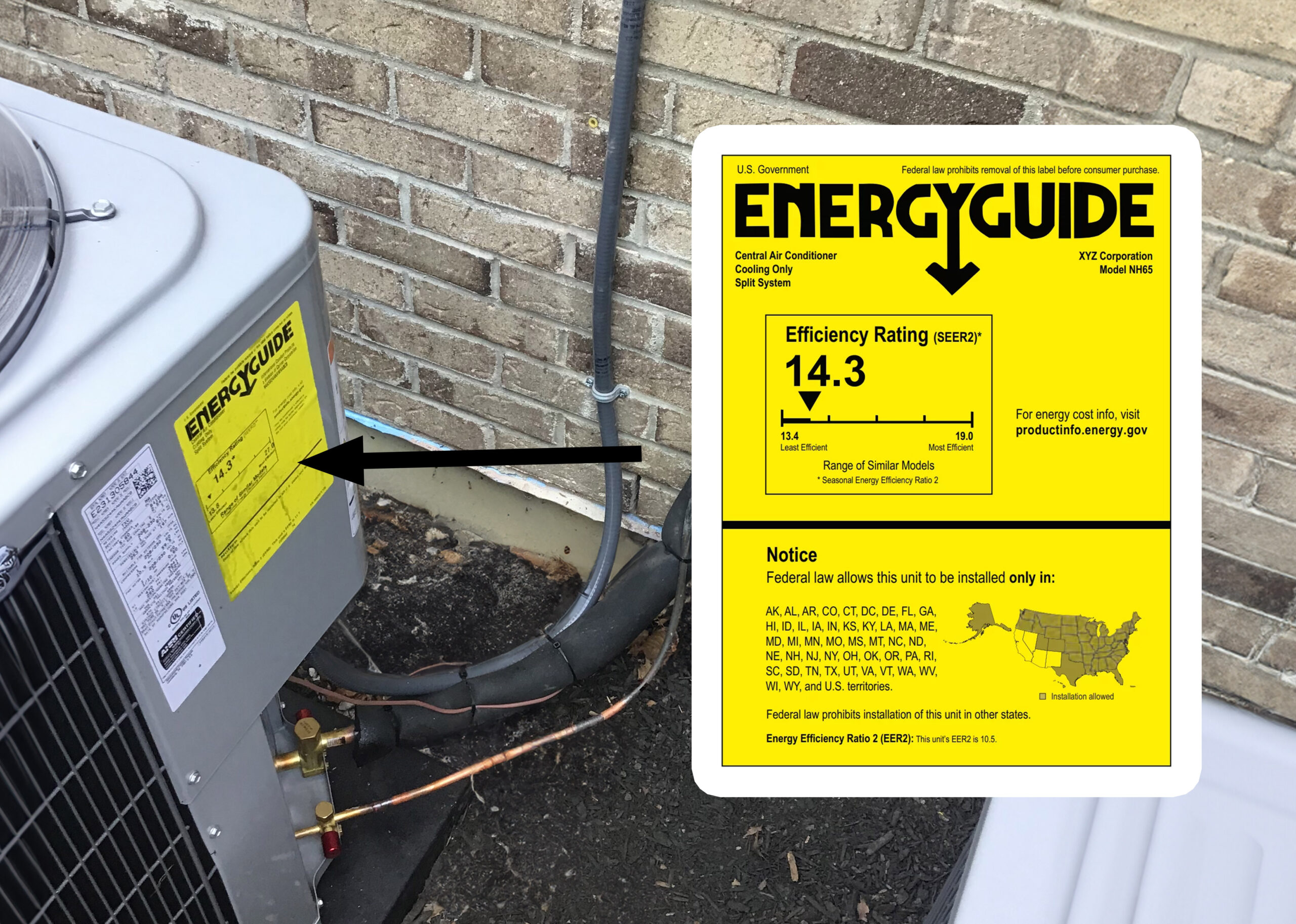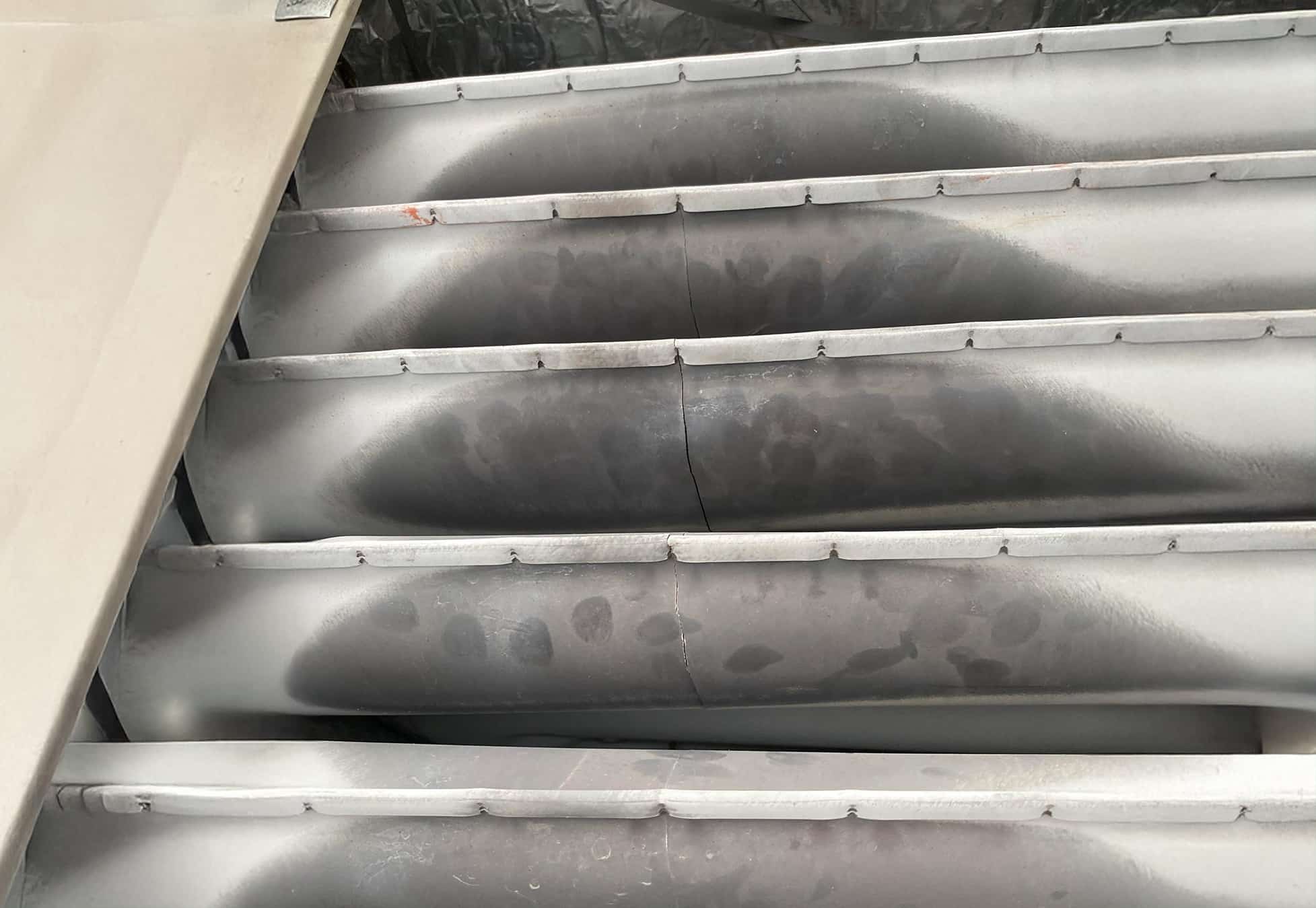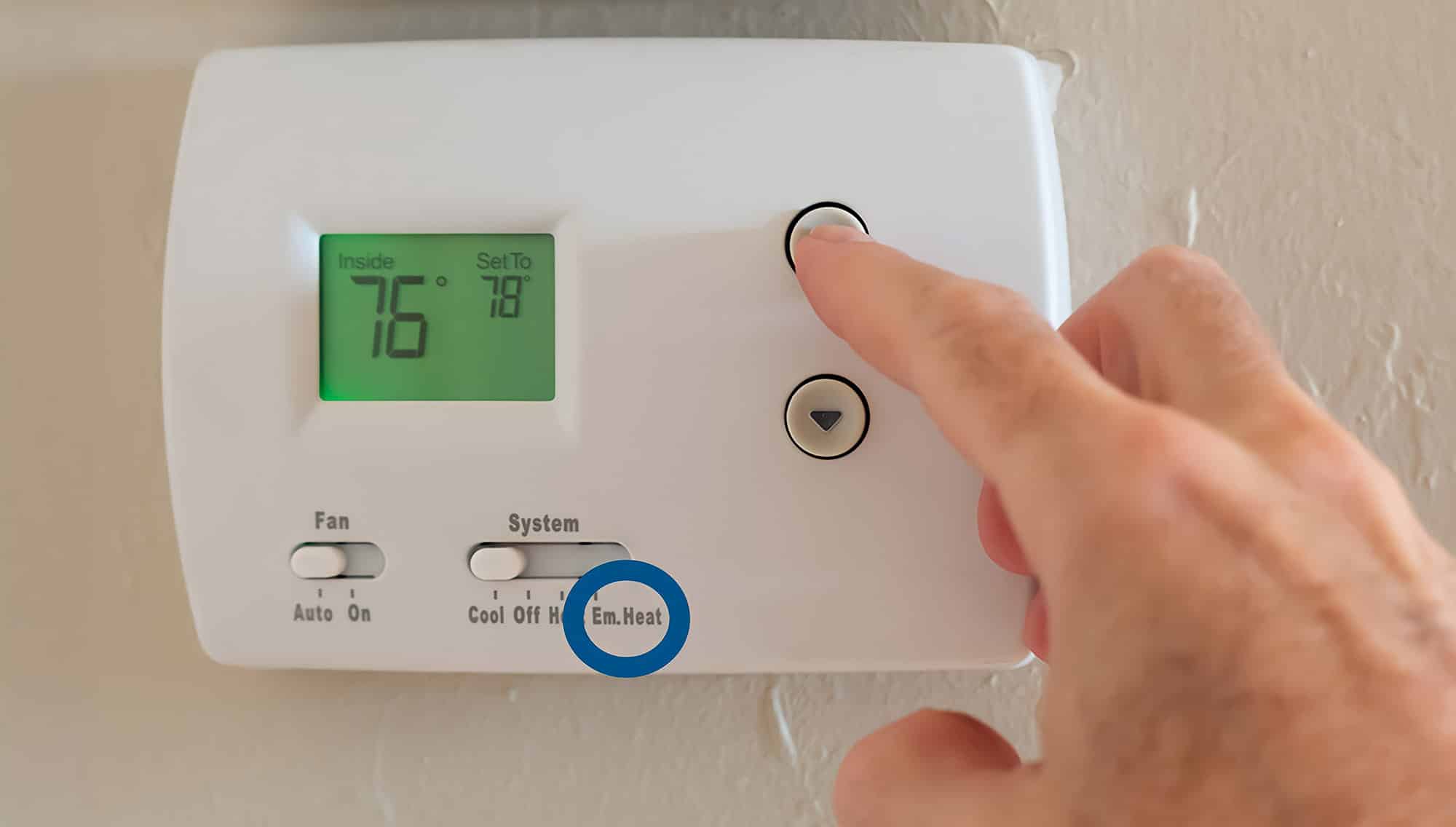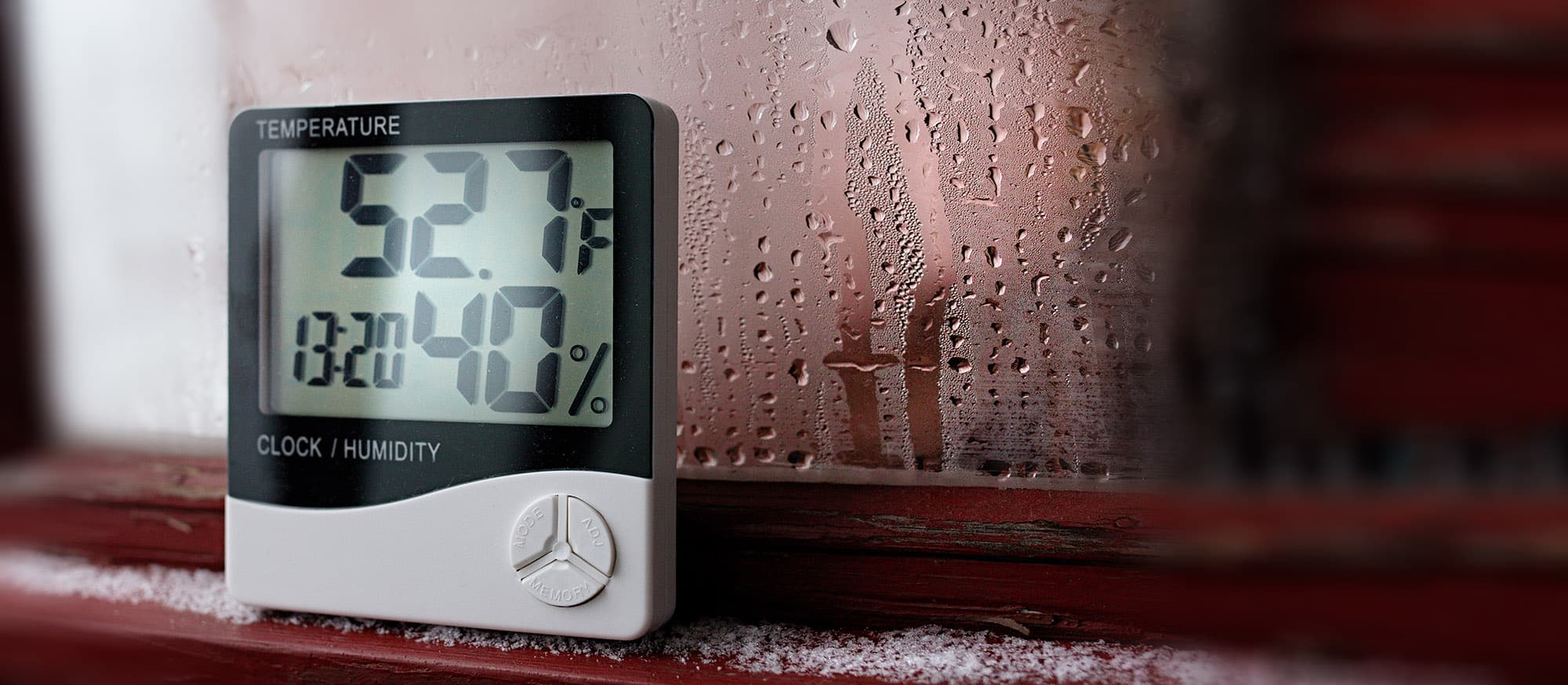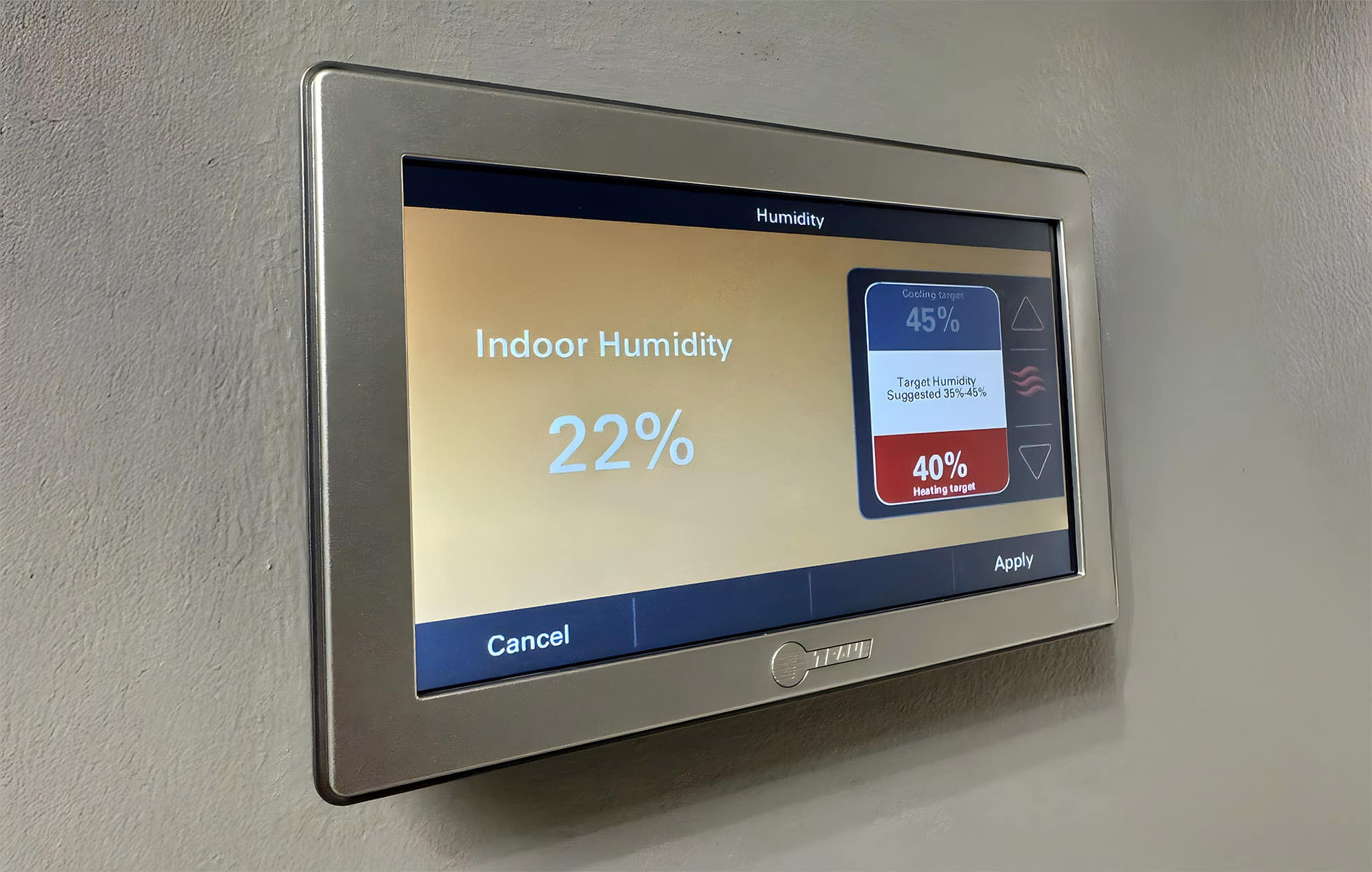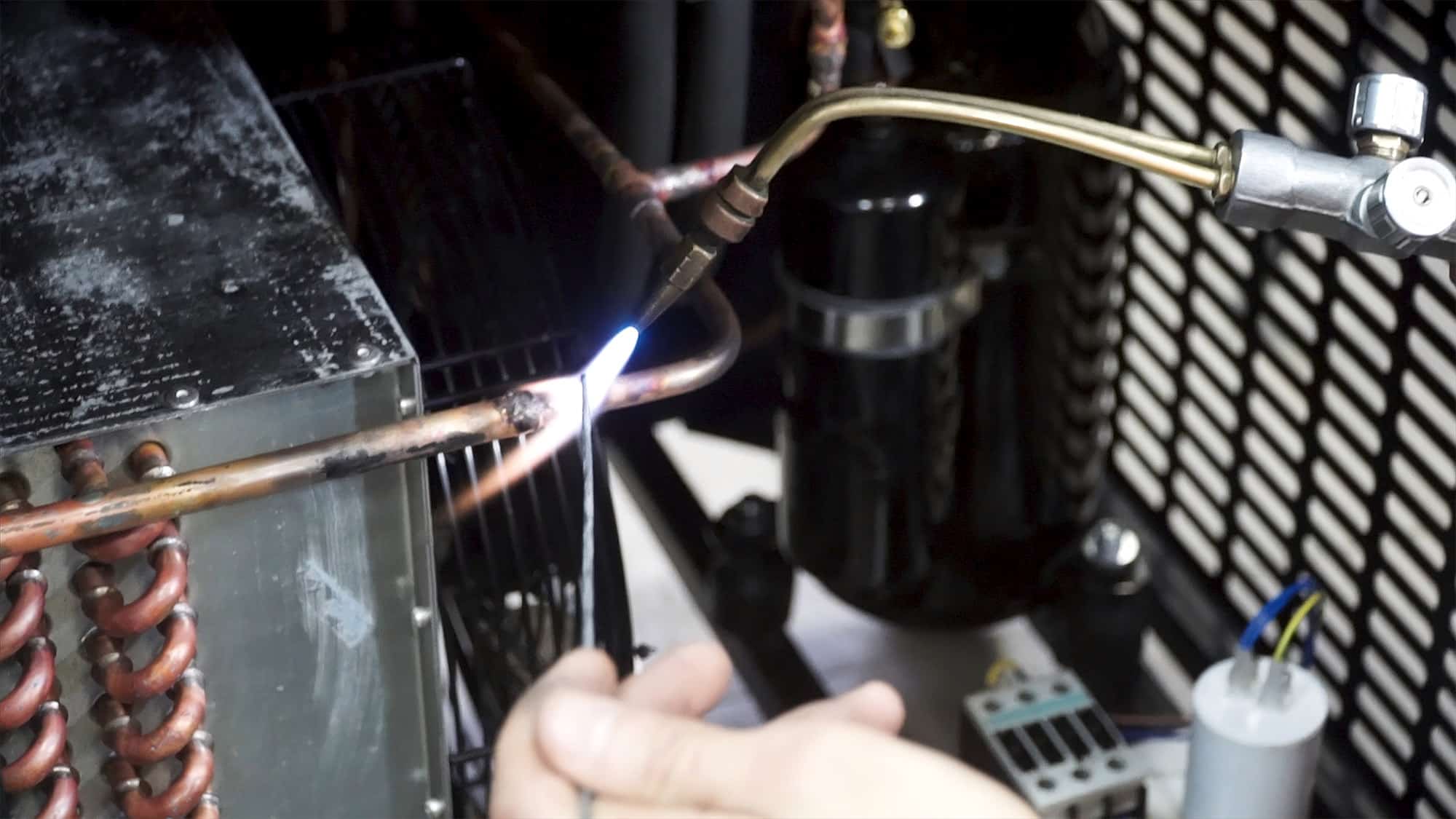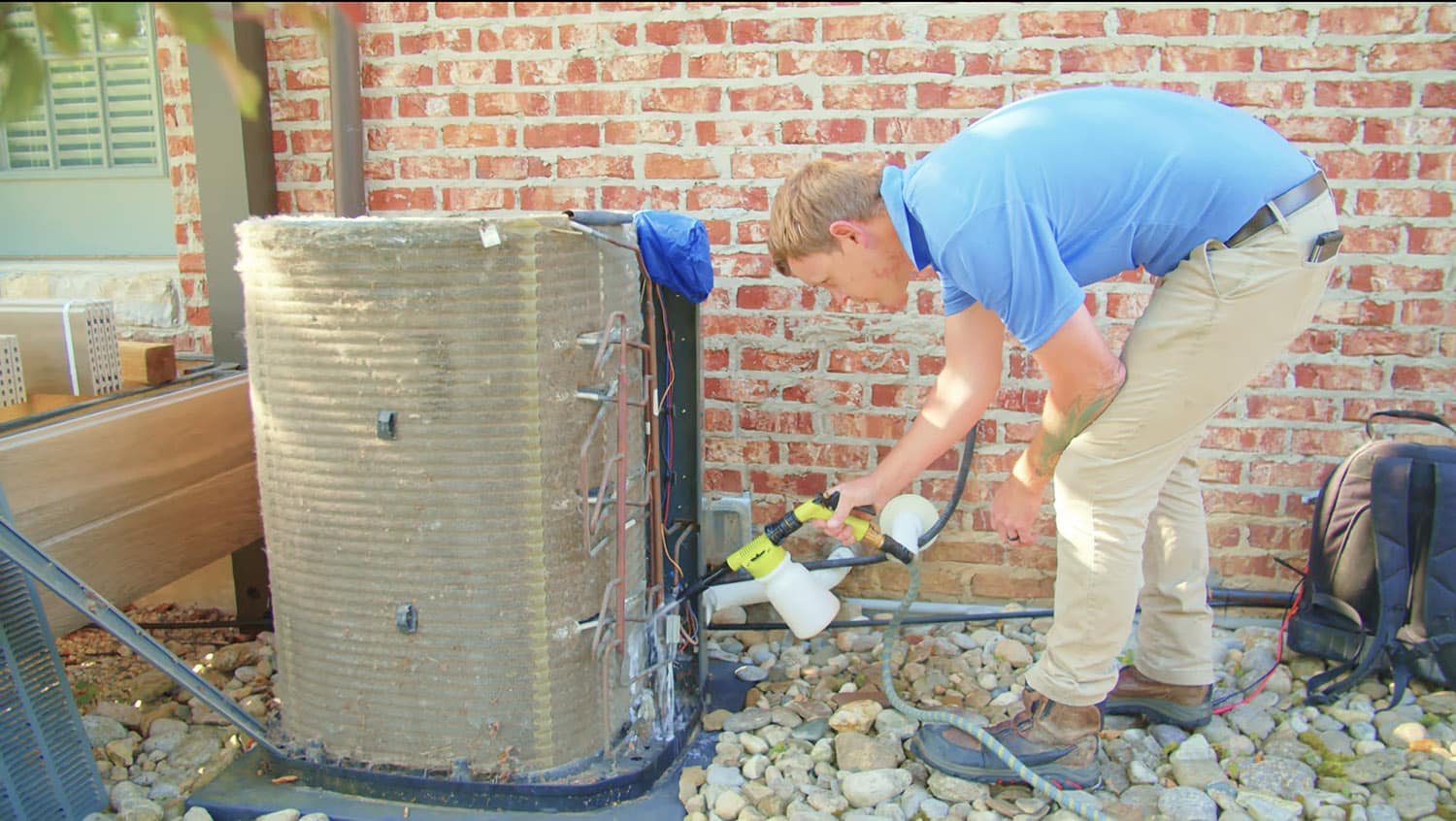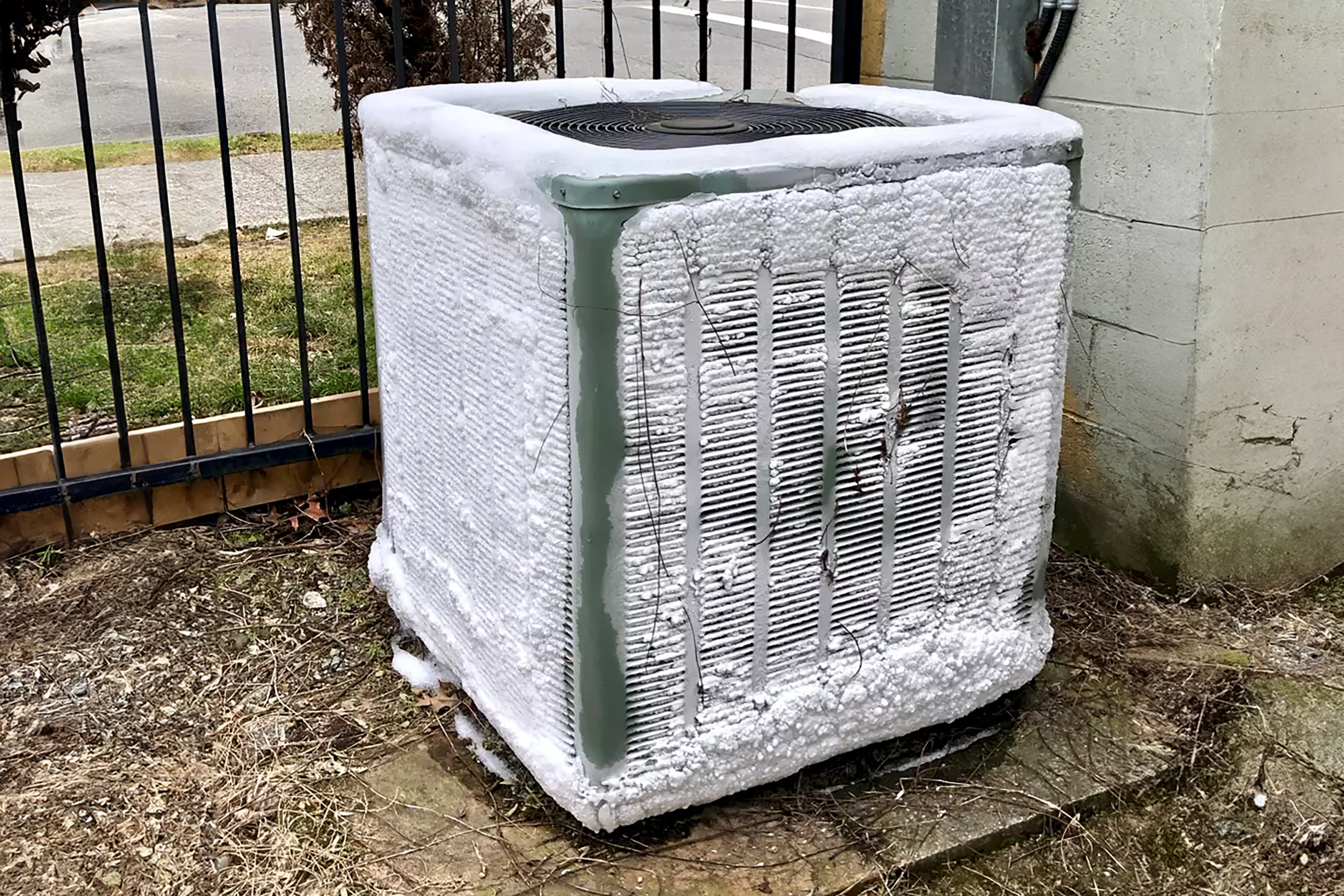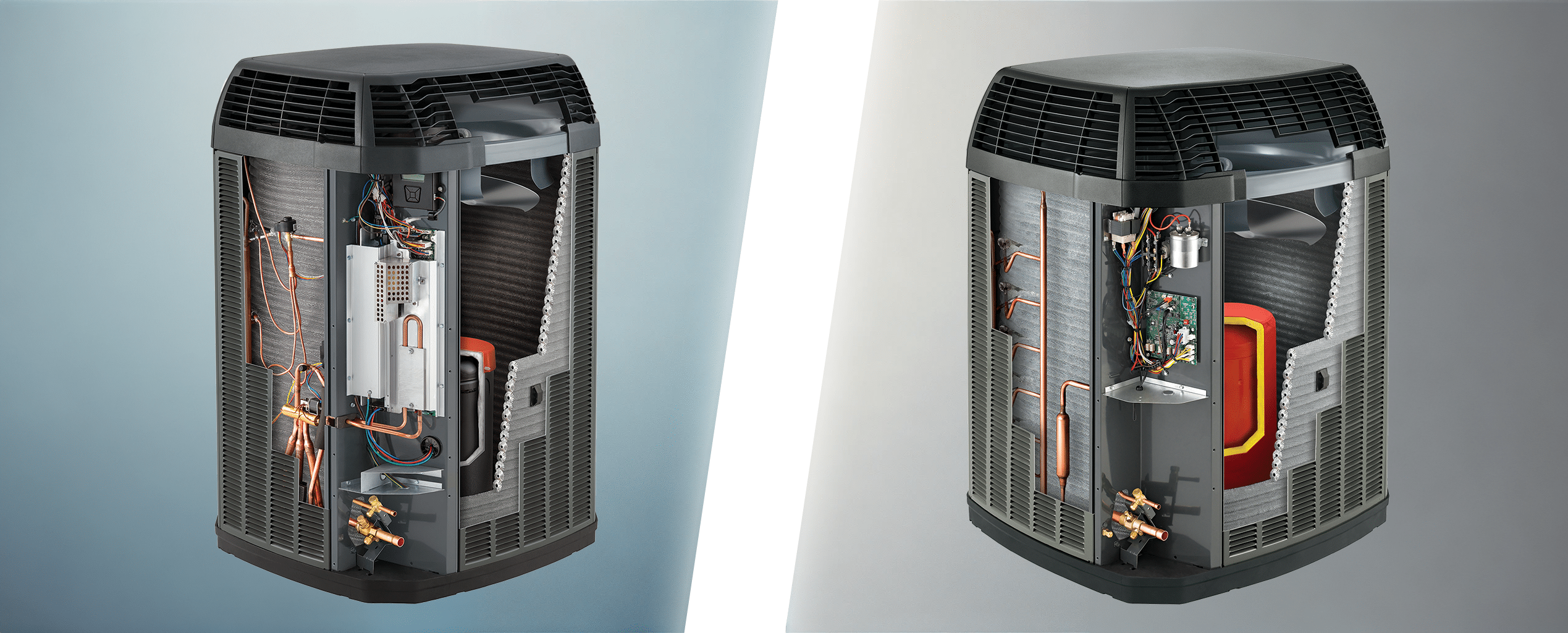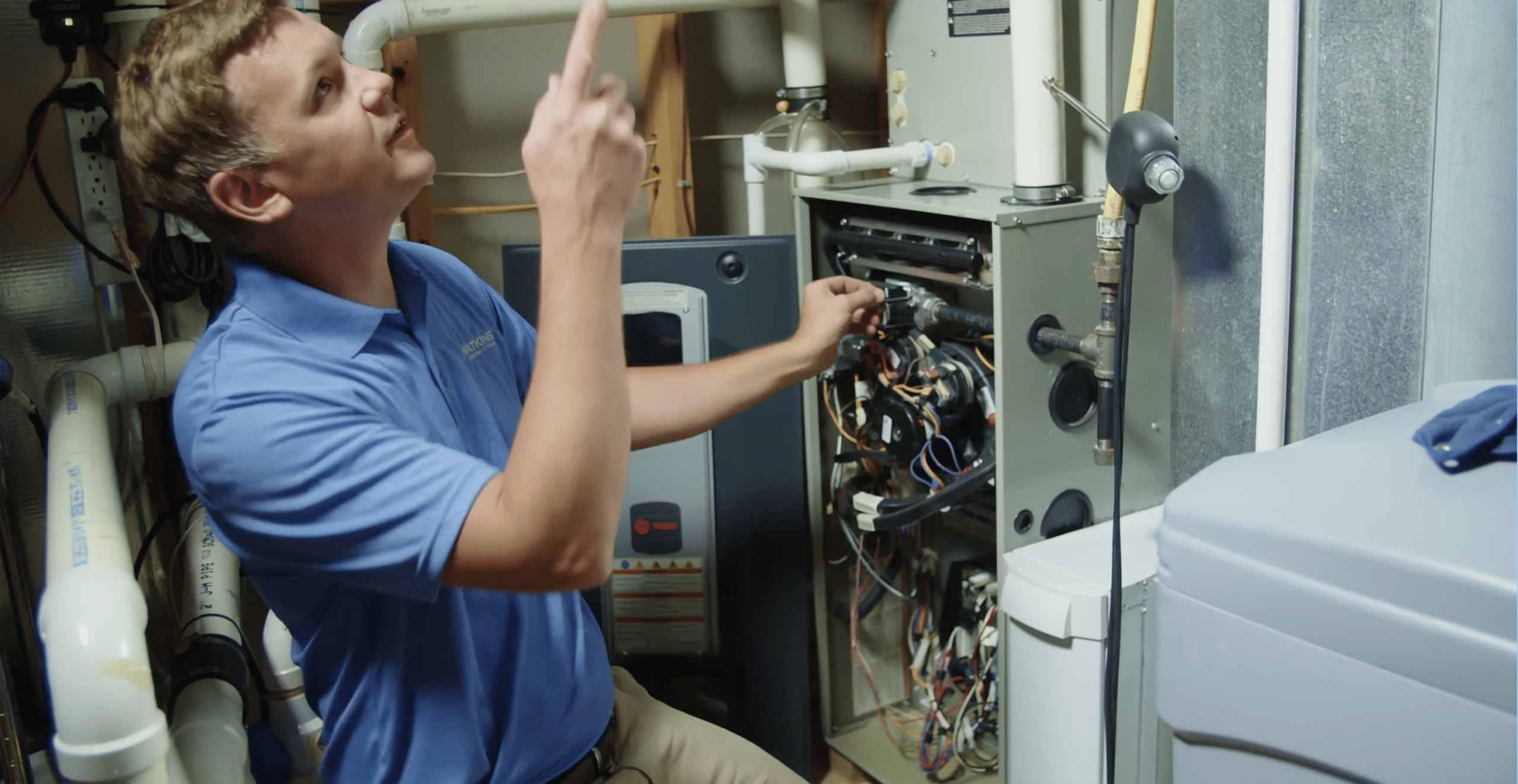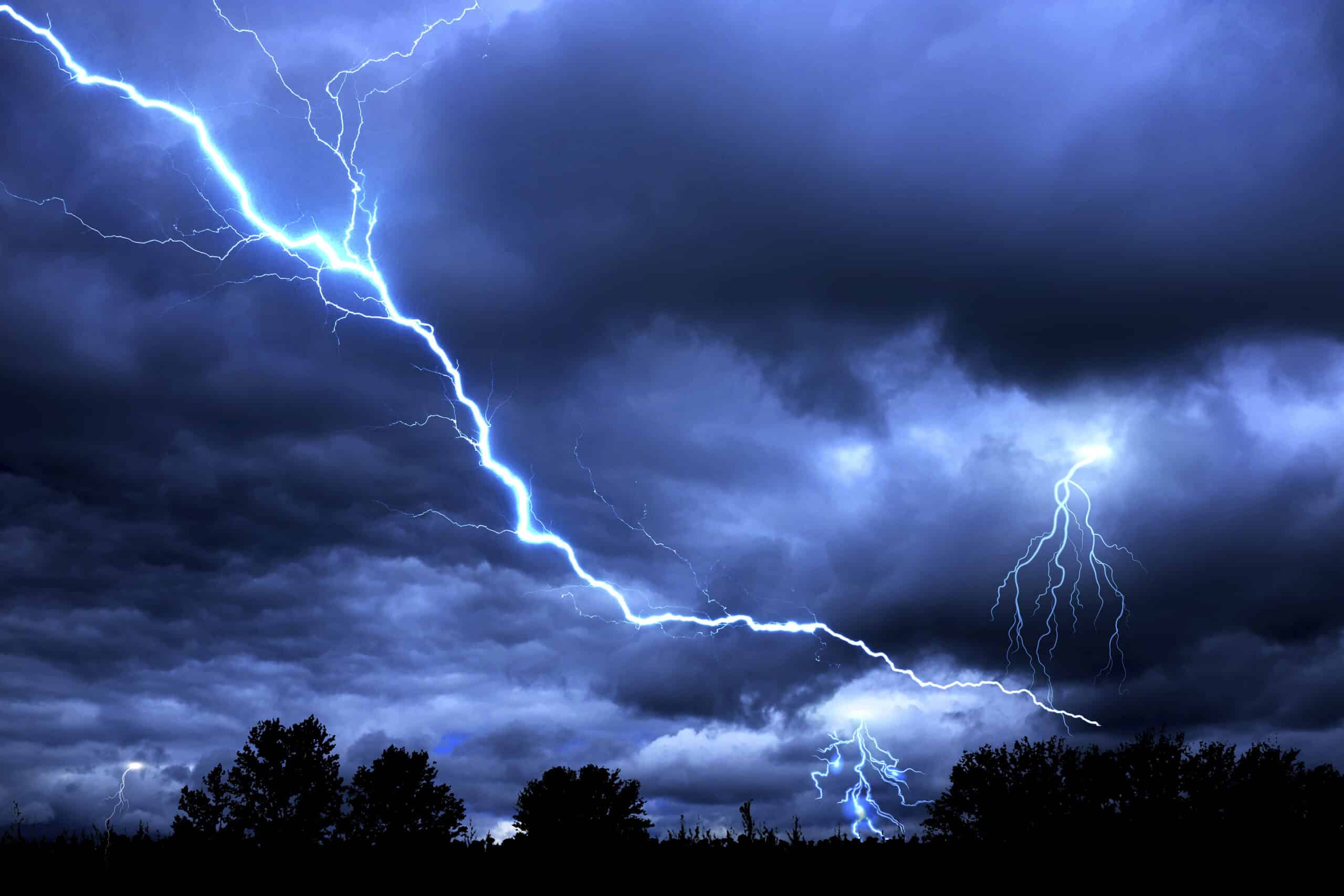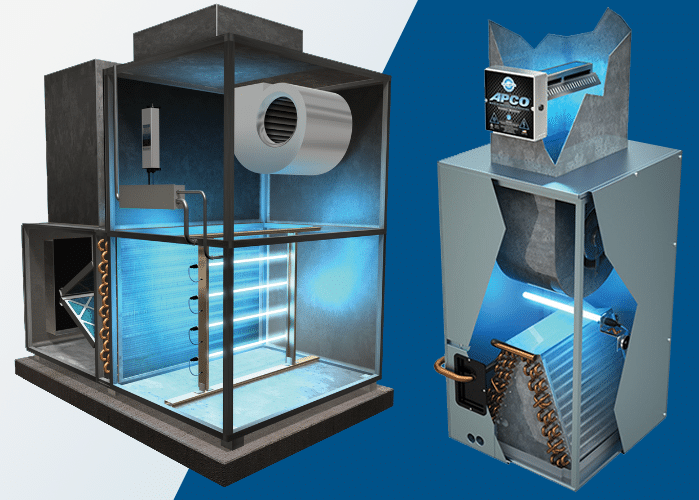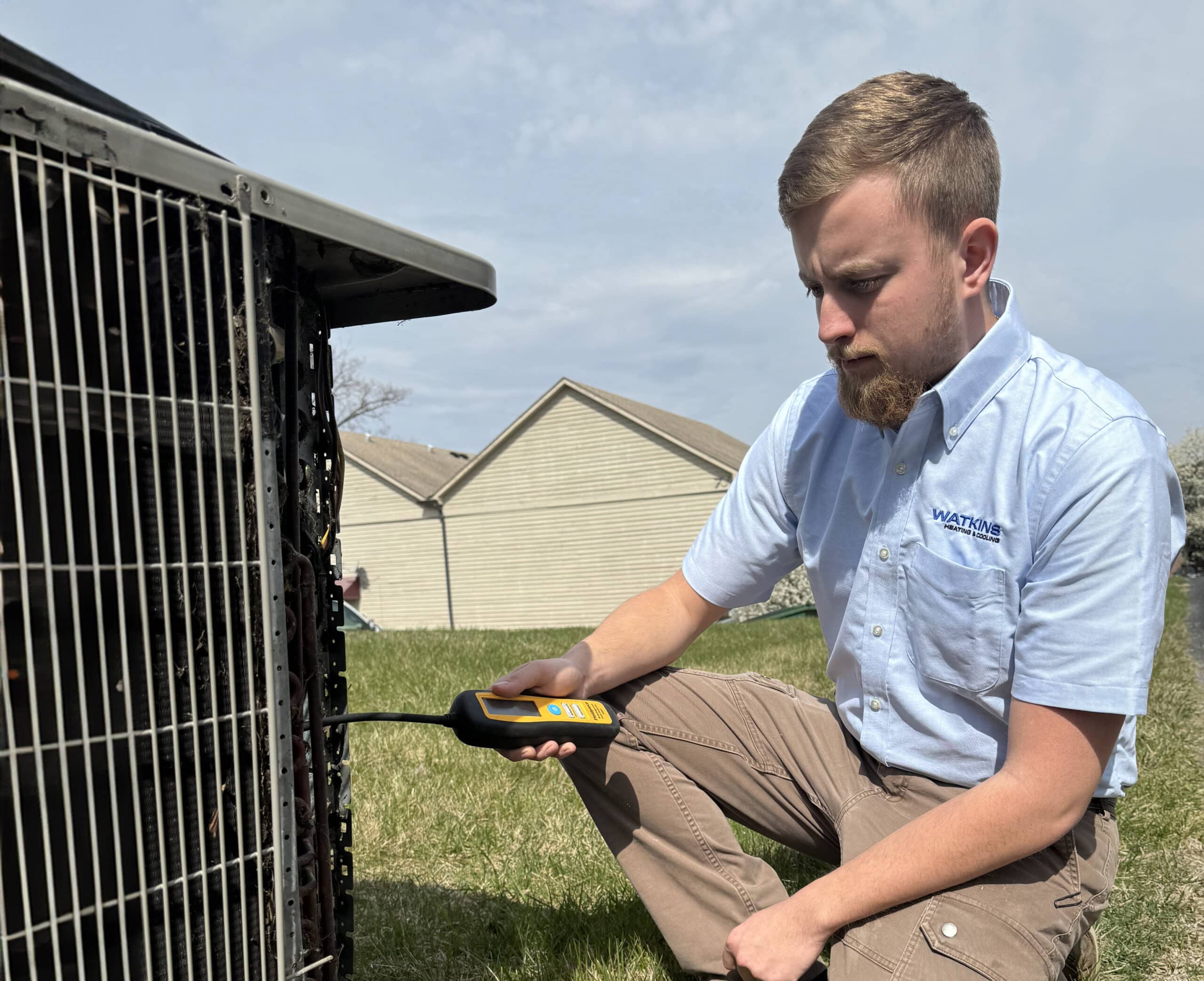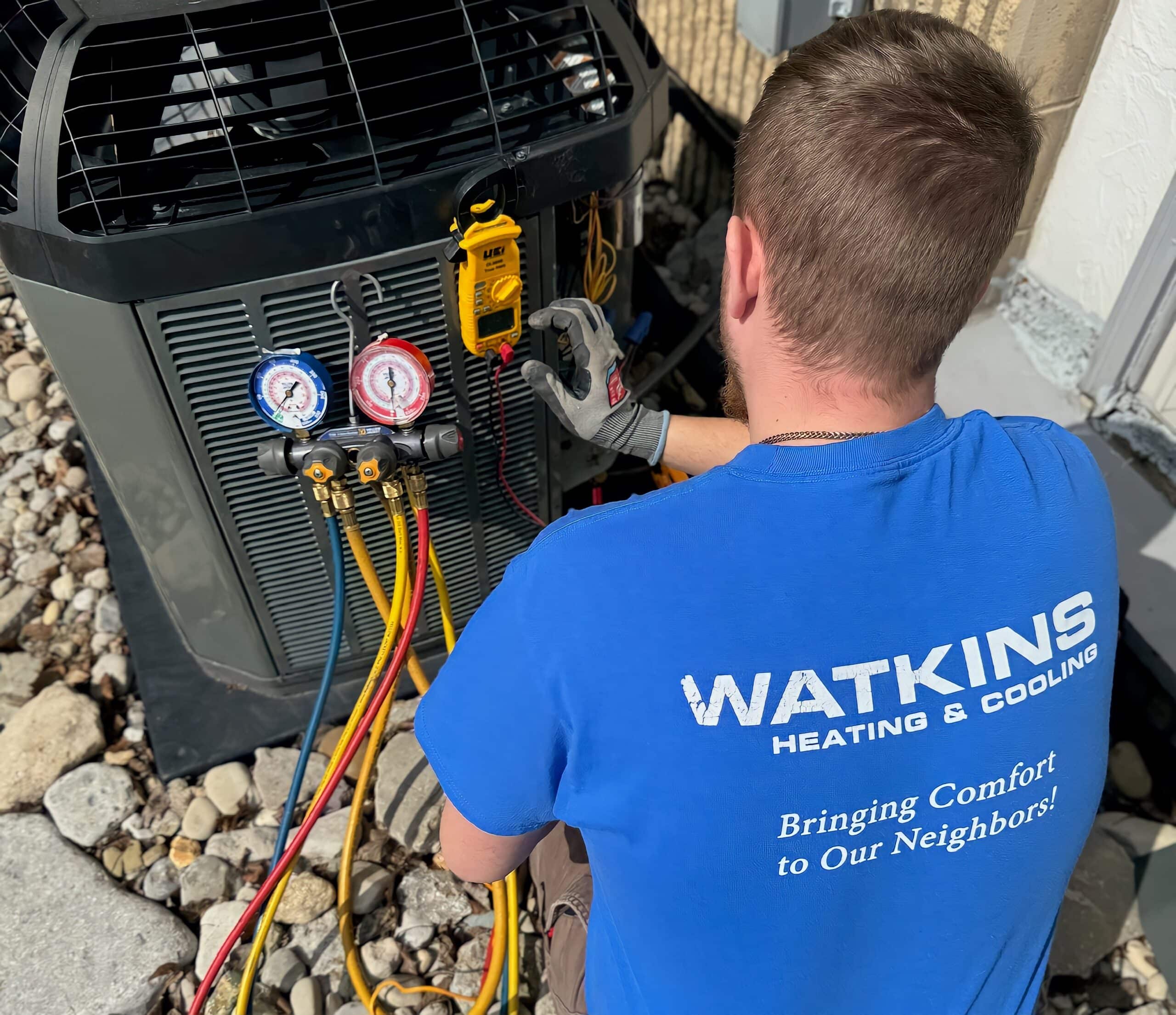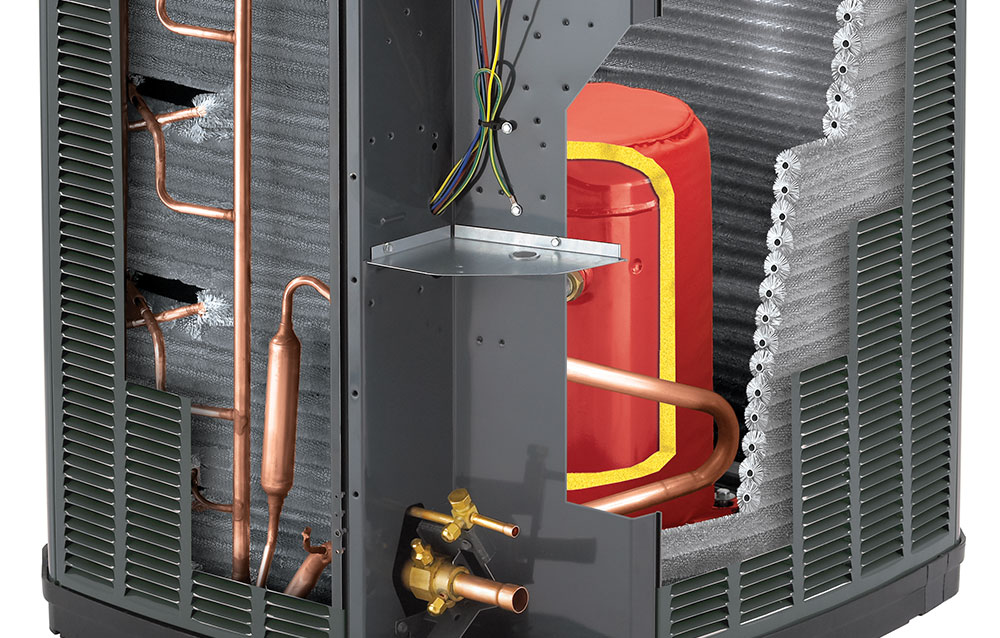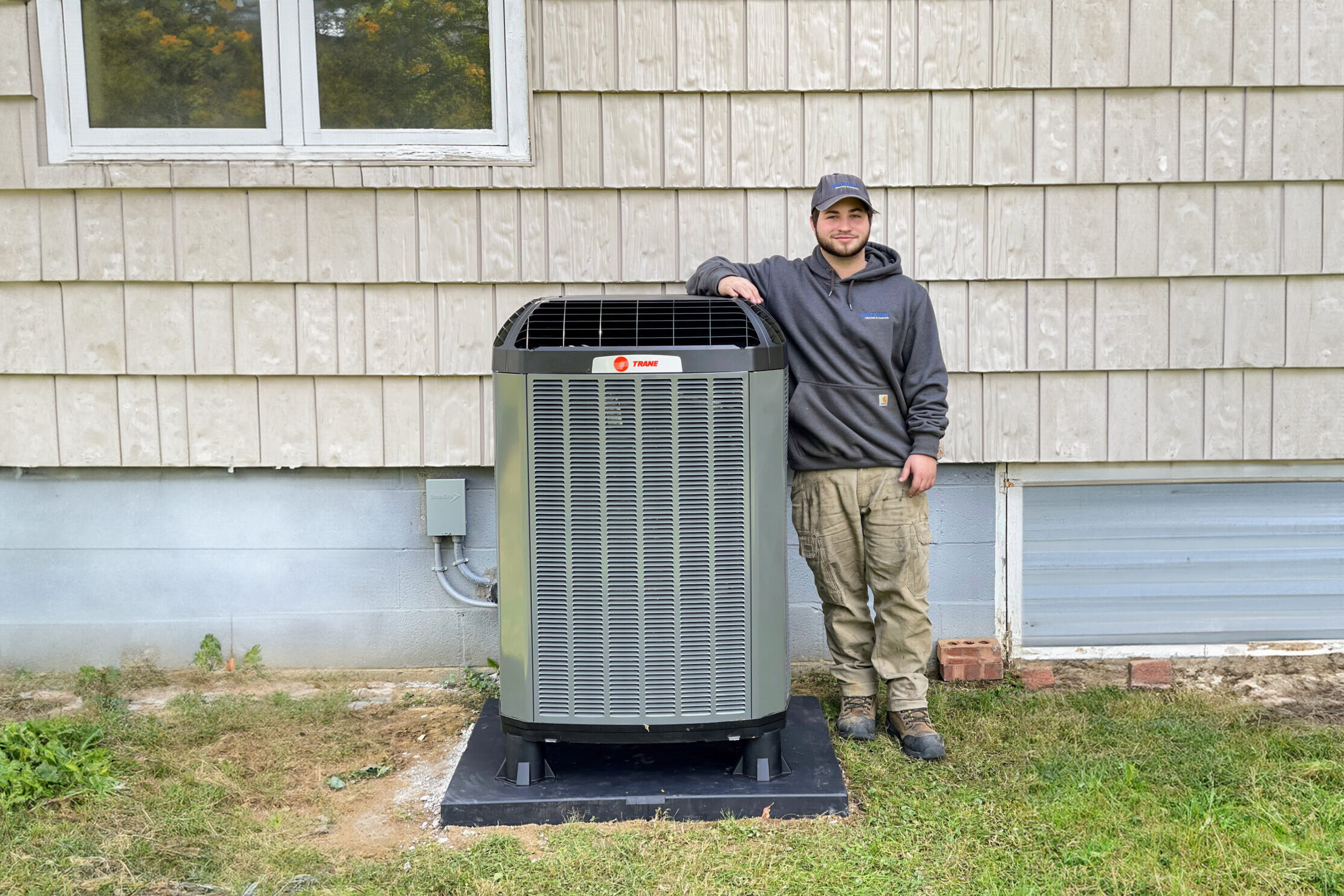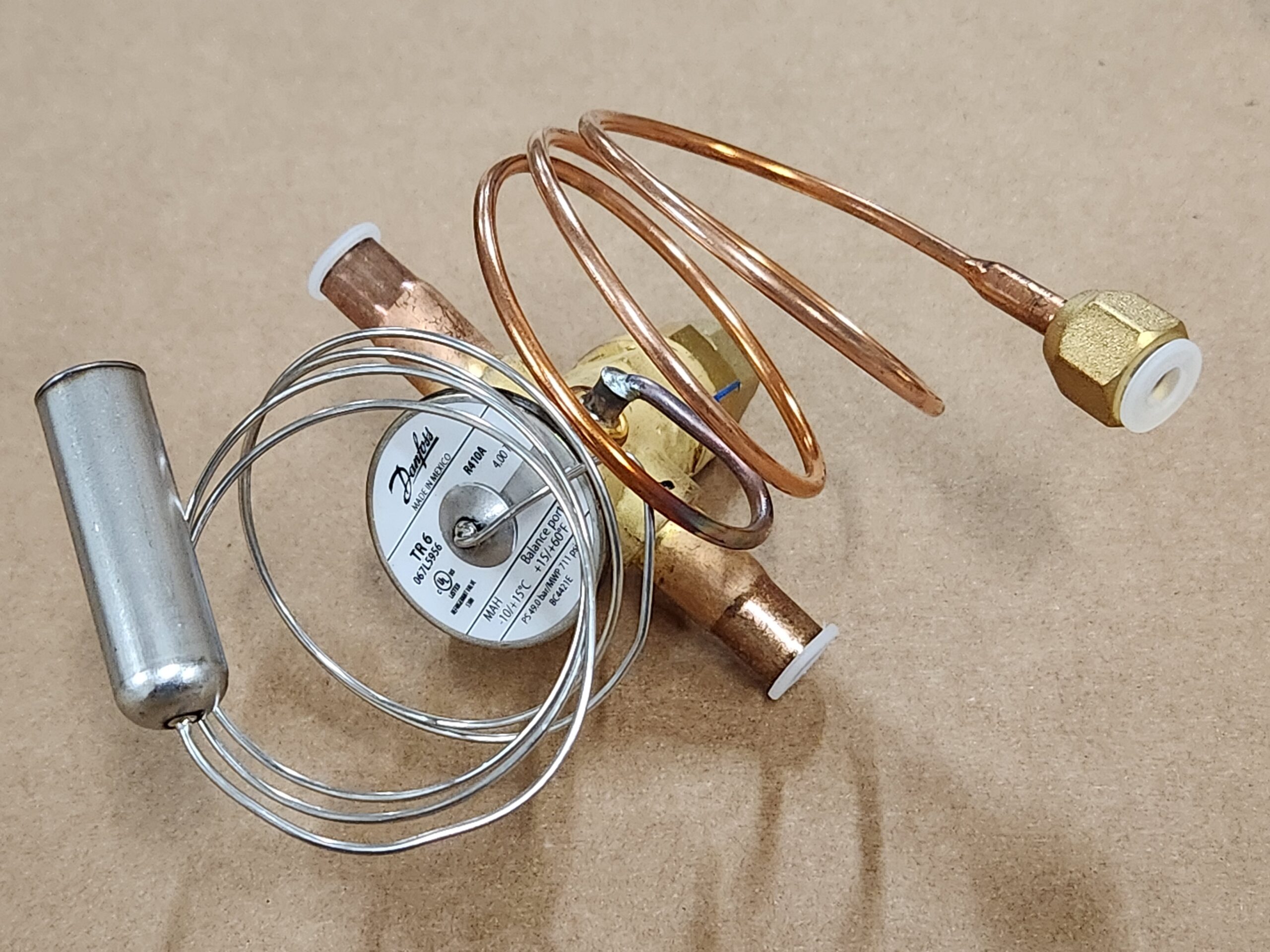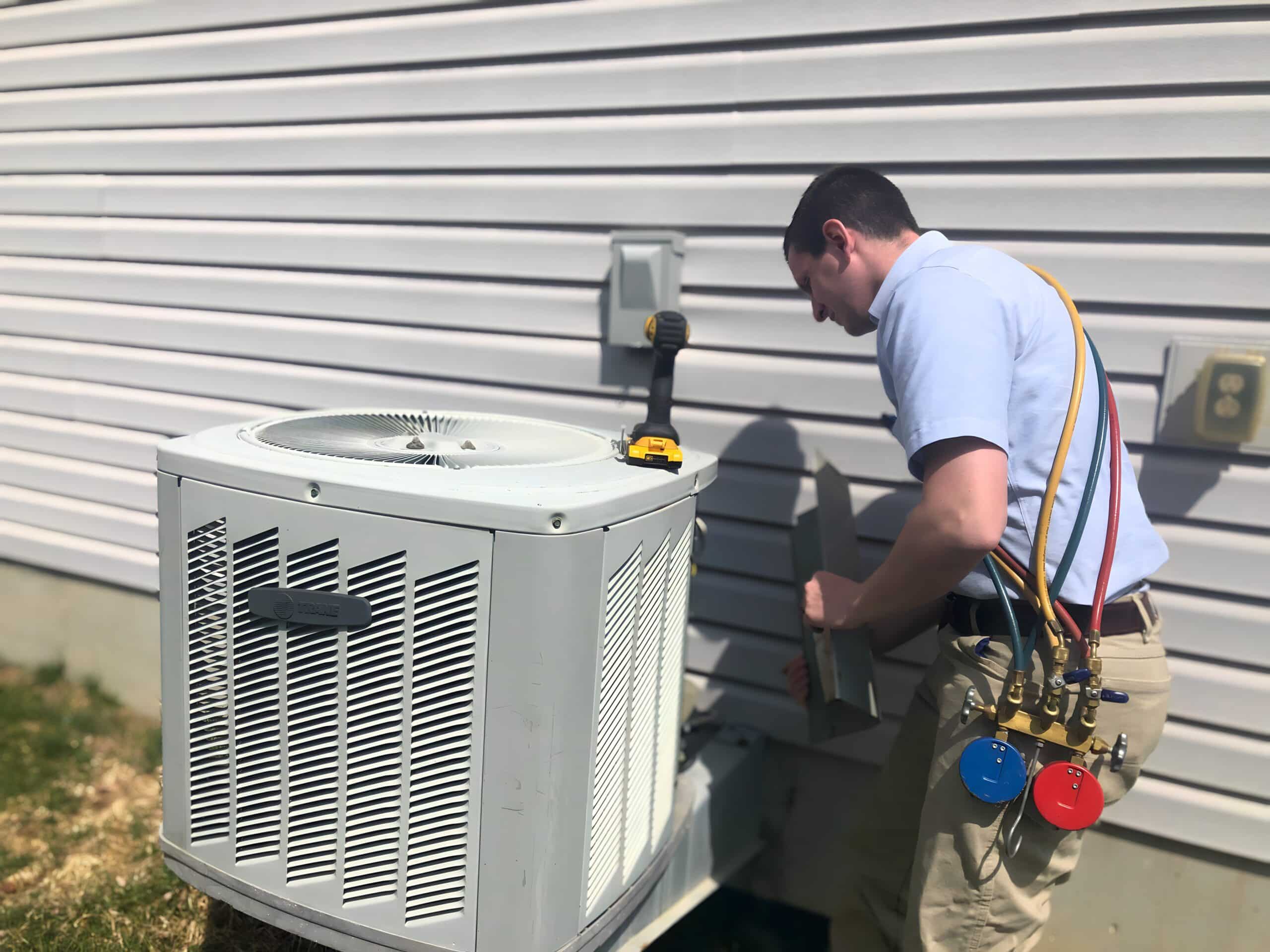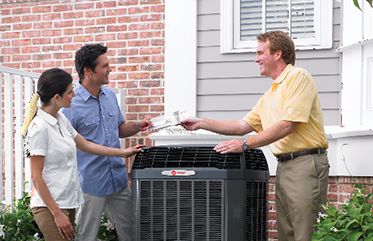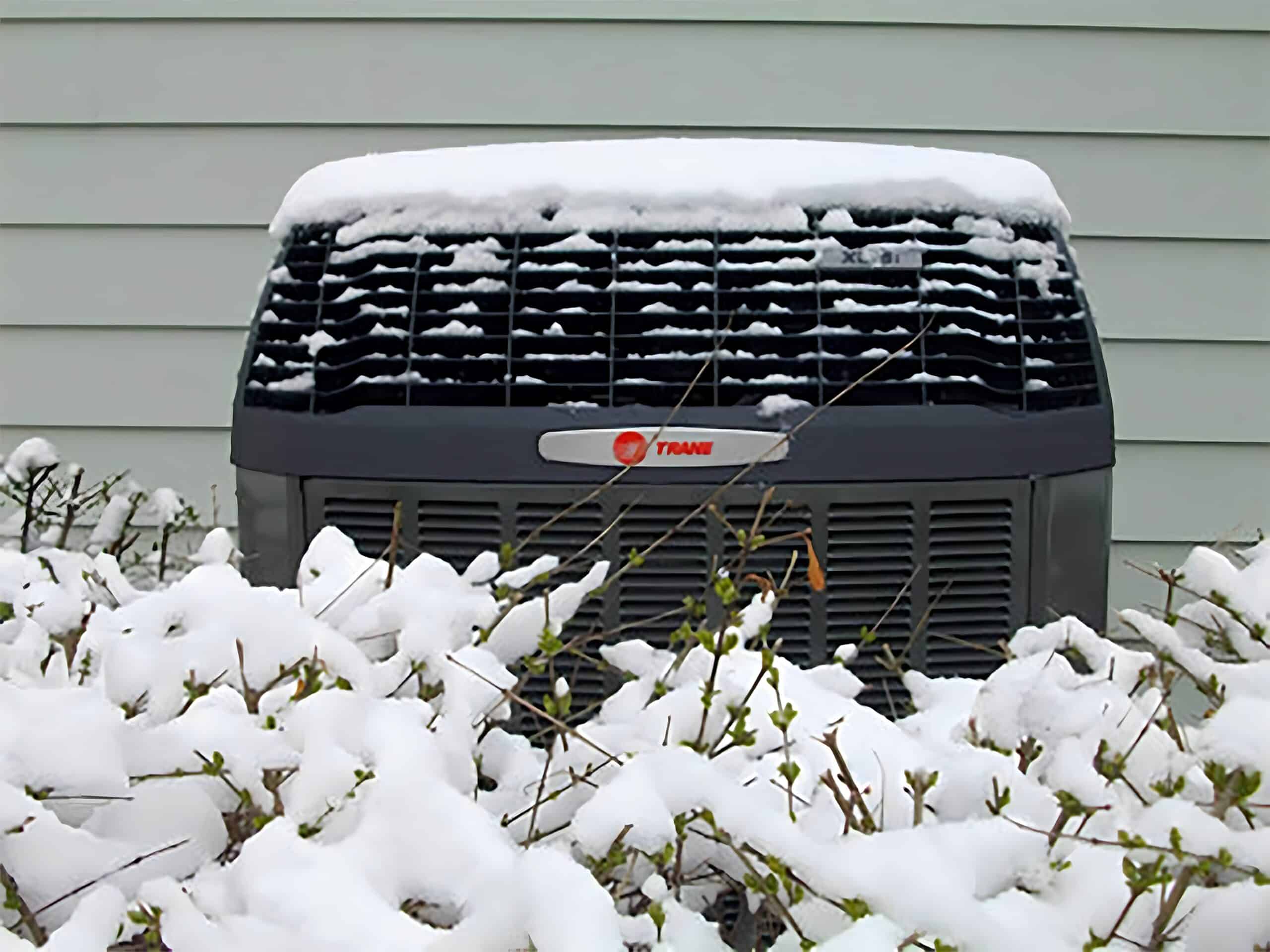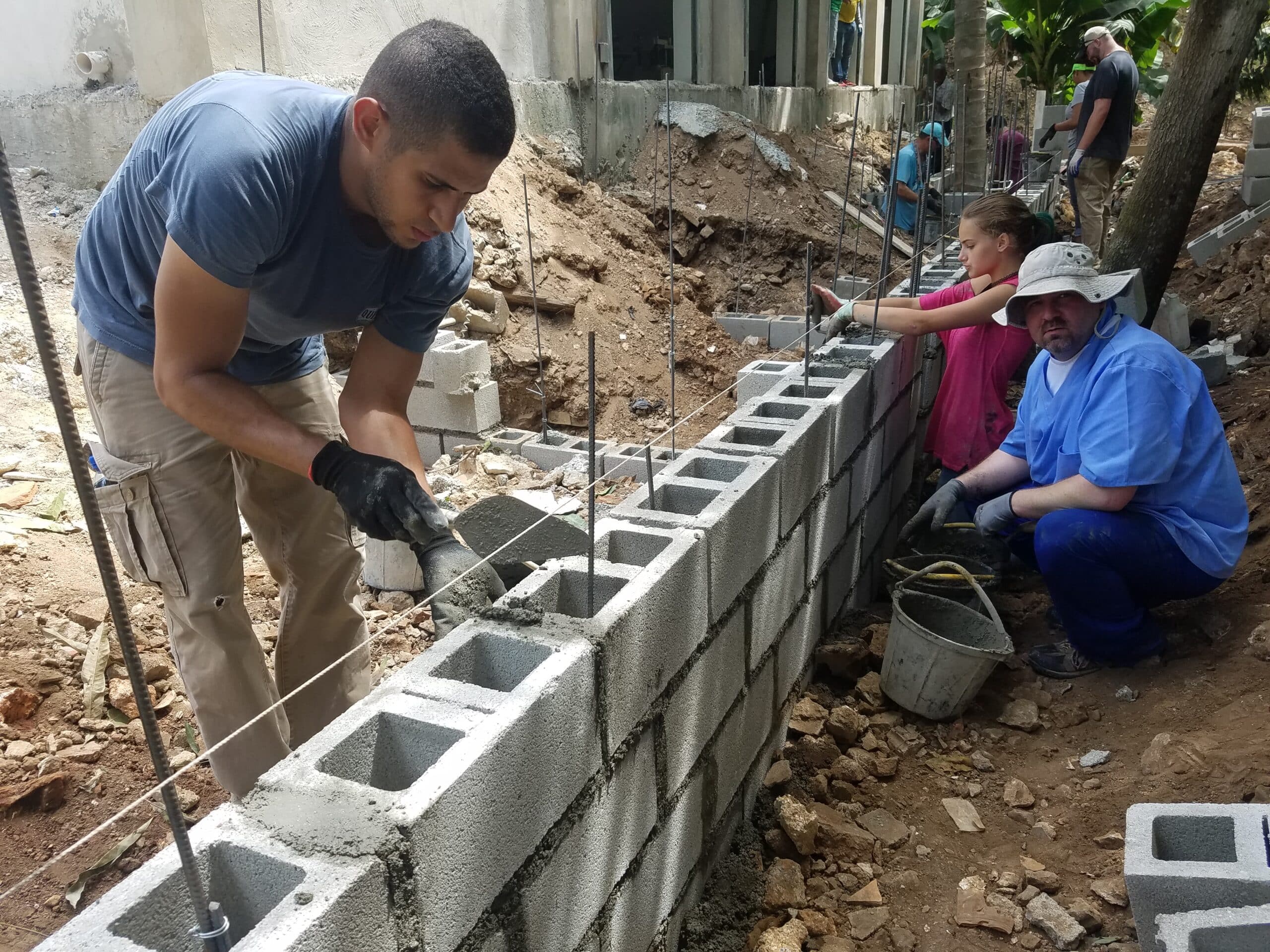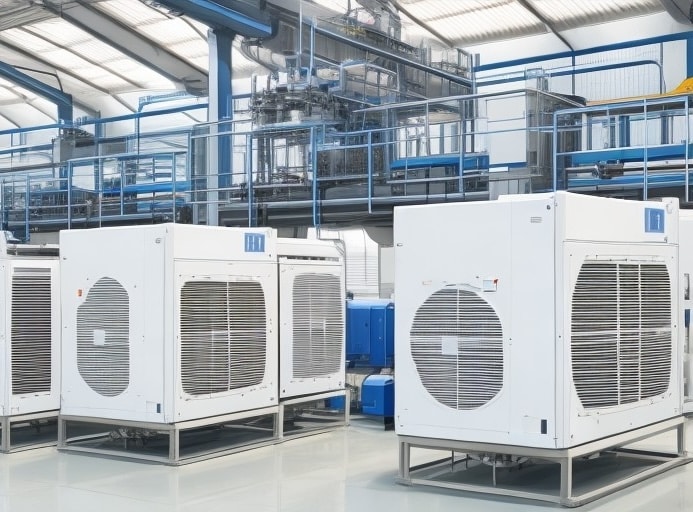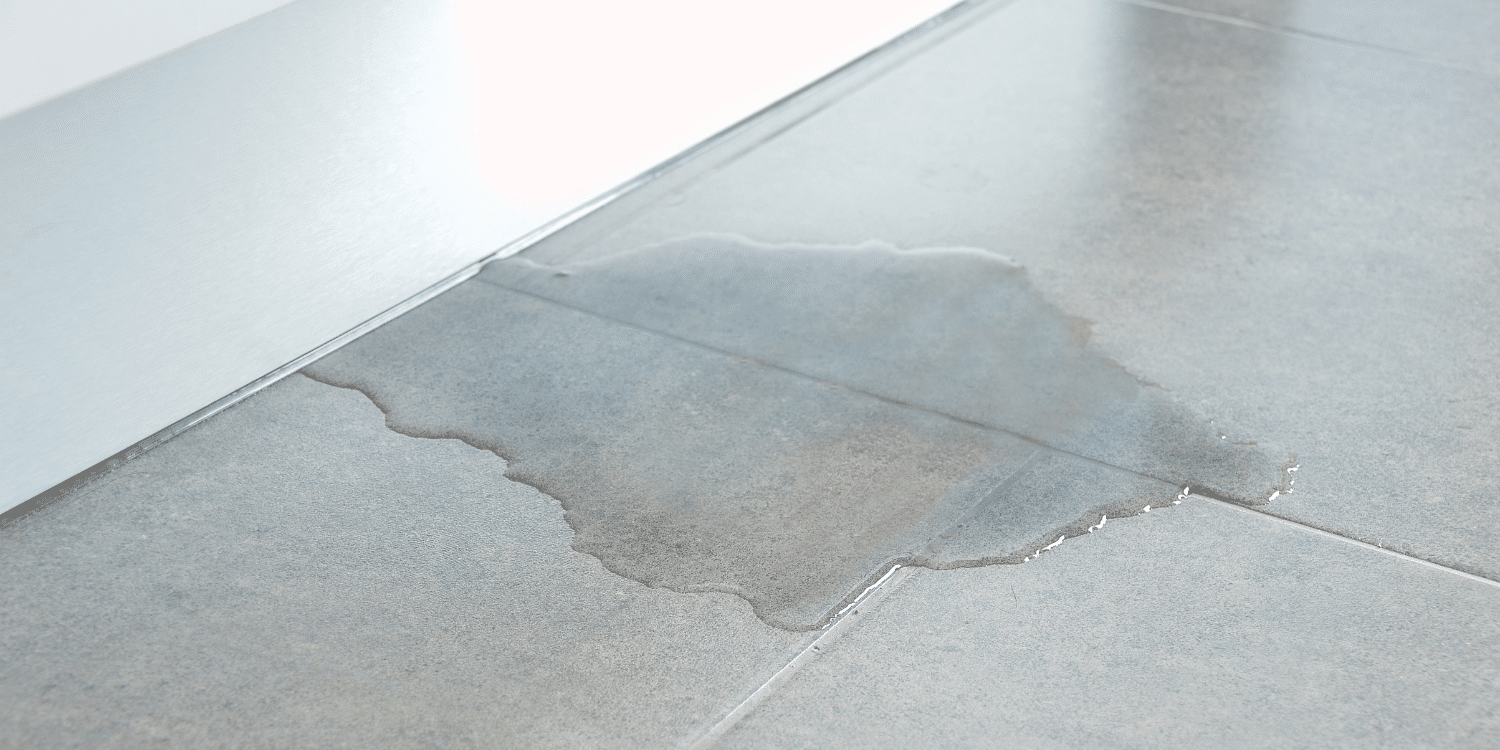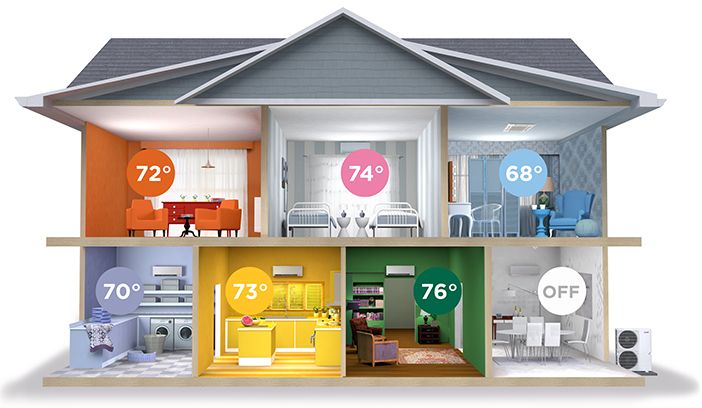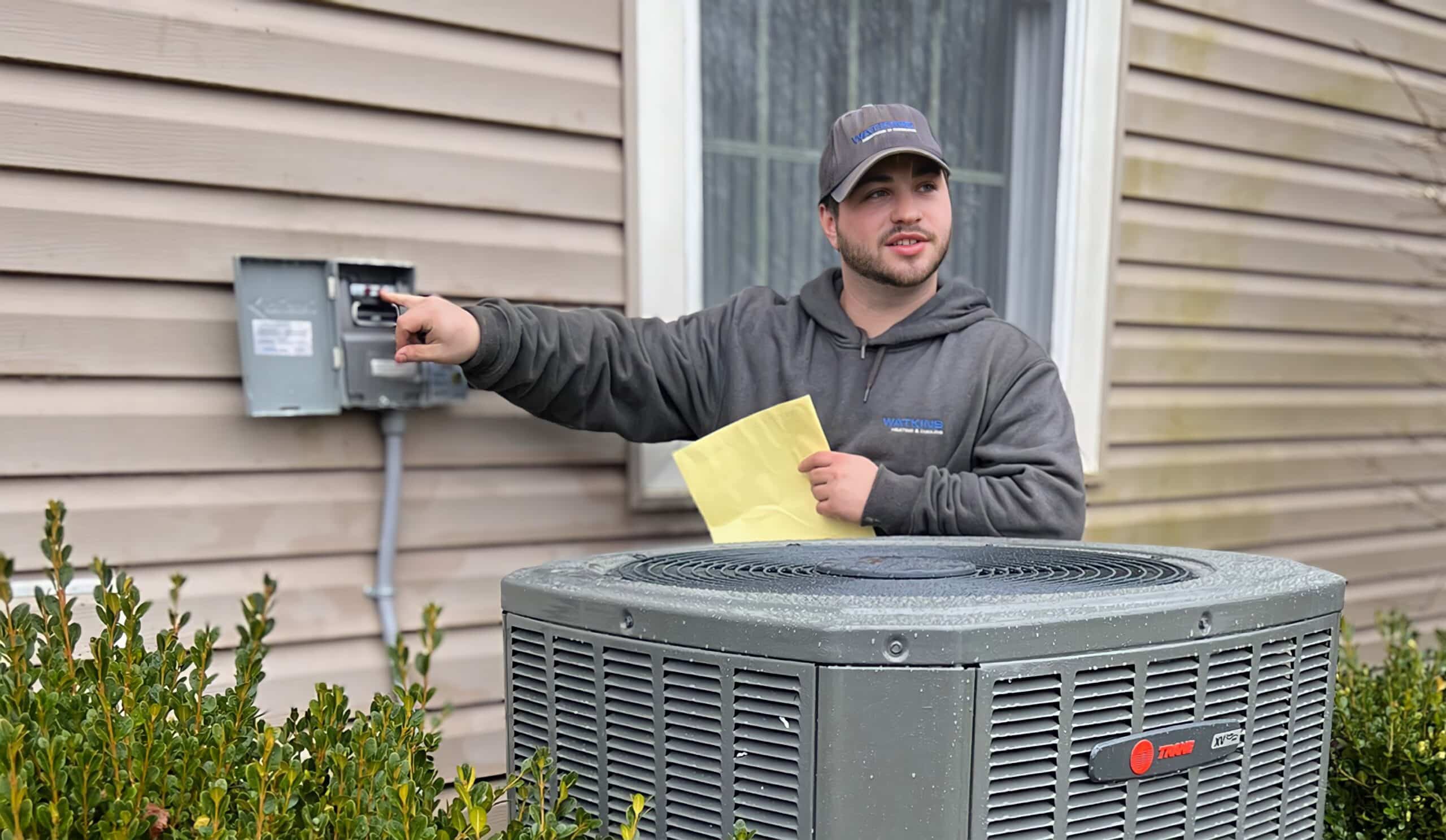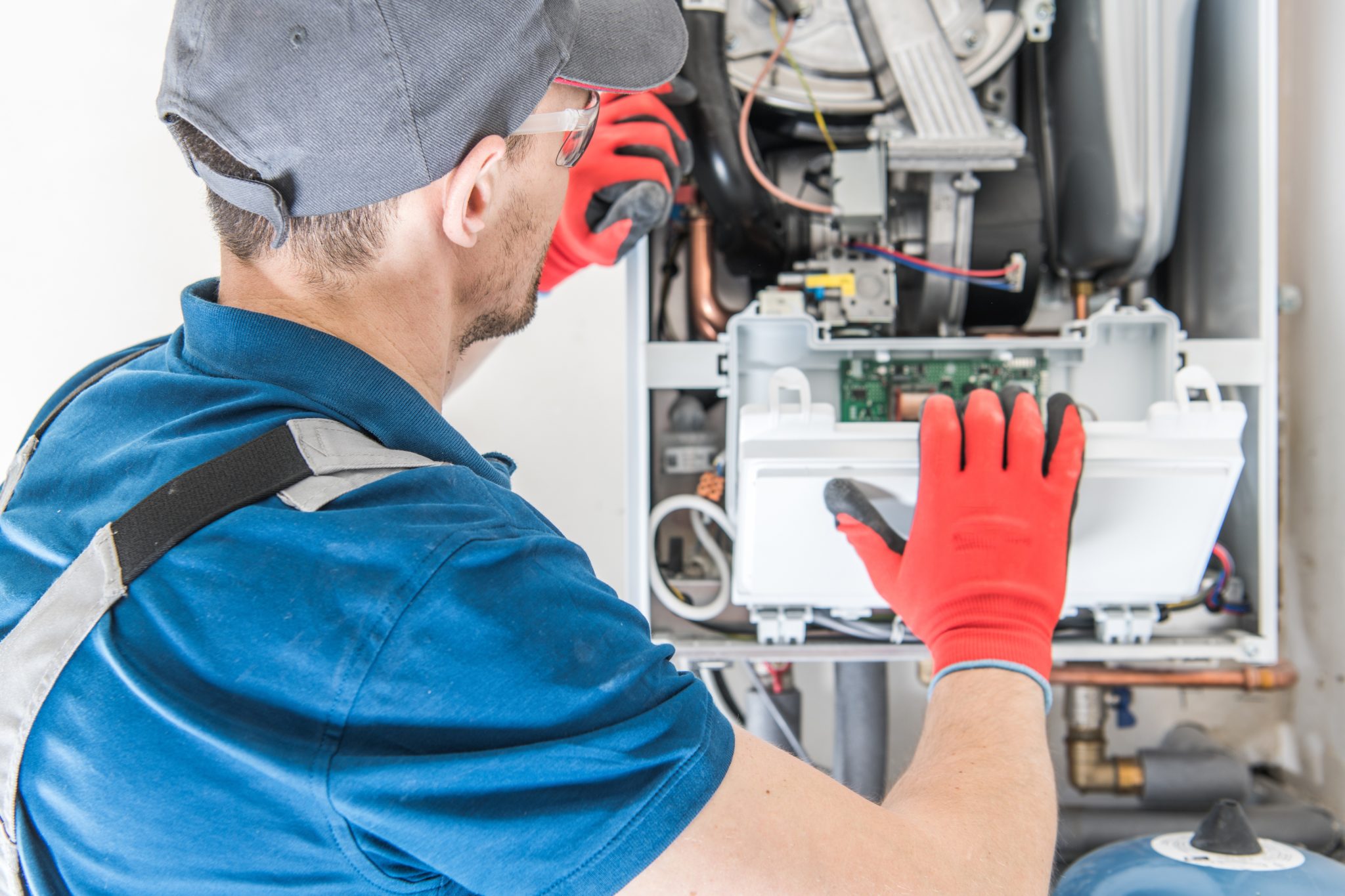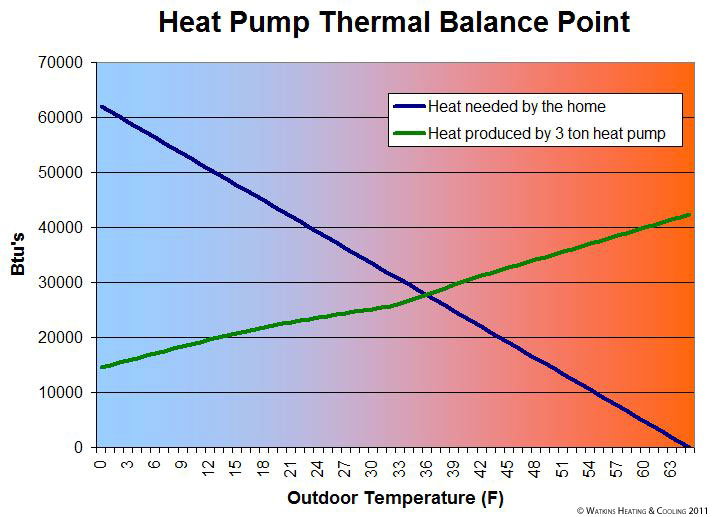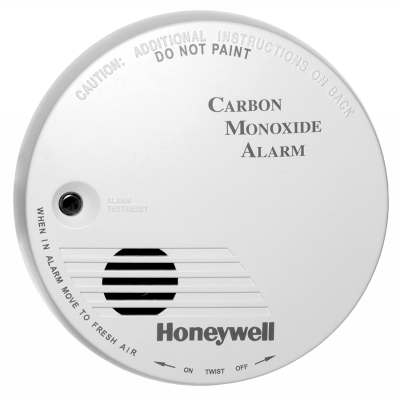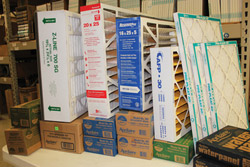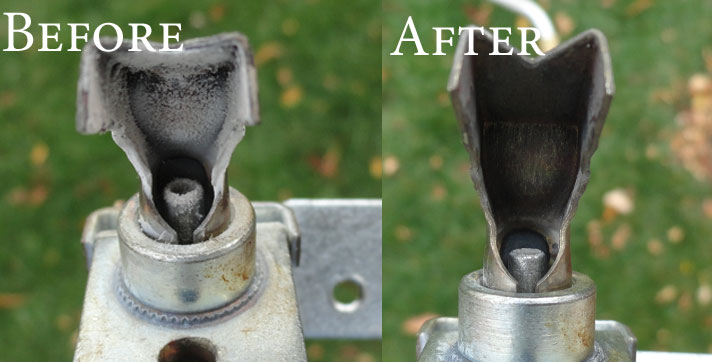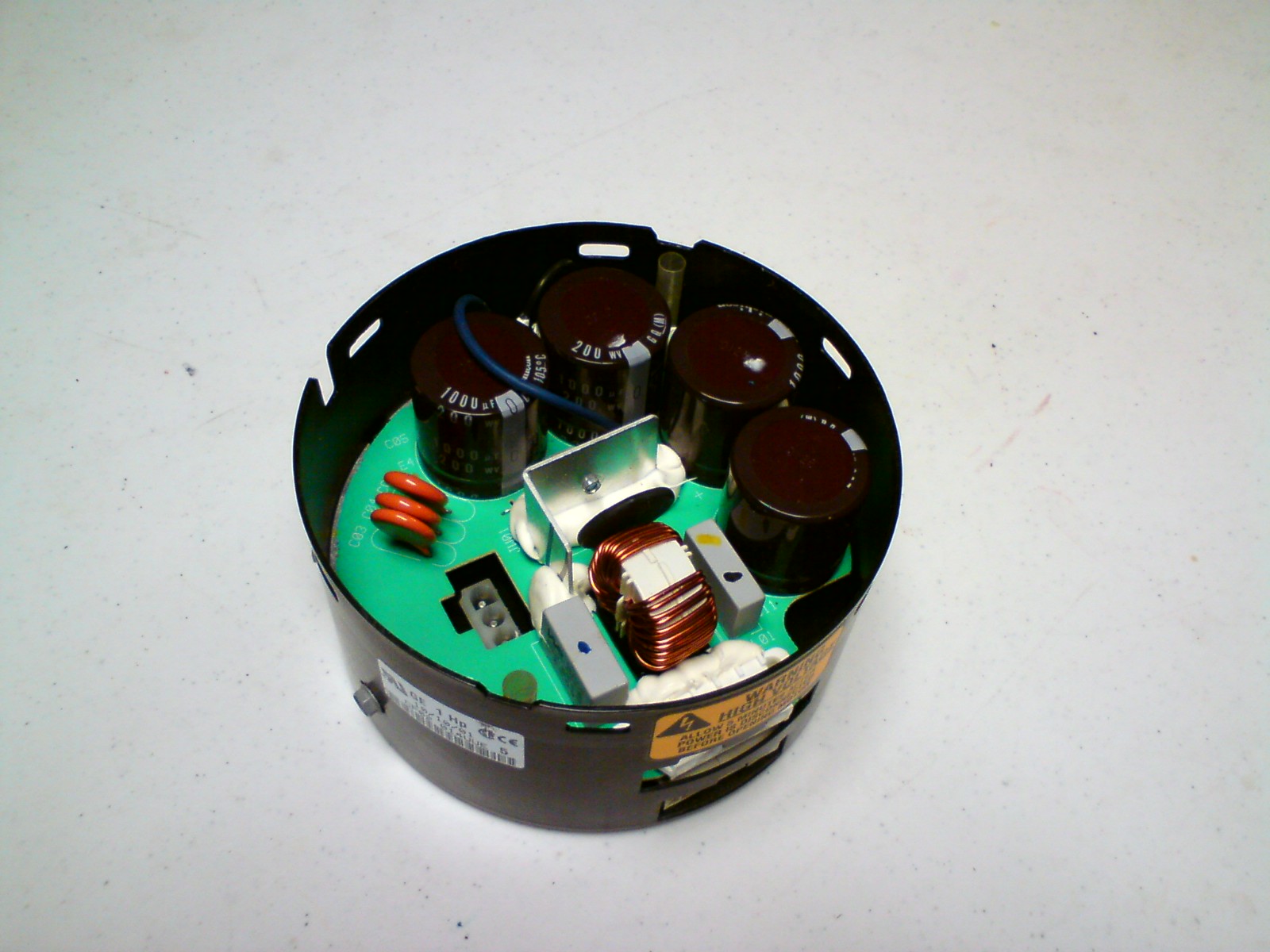How Does a Heat Pump Work? A Look Inside the Heat Pump System
A lot of homes in the Miami Valley rely on air source heat pumps for year-round comfort, but few homeowners understand how they actually work. In this guide, we’ll explain how heat pumps work, their benefits AND limitations, and whether a heat pump is right for your home.
What is a Heat Pump?
A heat pump is an HVAC system that heats your home by transferring heat energy from one place to another rather than burning fuel like natural gas or propane. It cools your home during hot seasons exactly like a standard A/C, moving unwanted heat energy from indoors to outdoors. Then, in cold seasons, it reverses this same process, drawing heat from outdoor air and moving it inside to warm your home.
A heat pump system is just like a central air conditioner but with a reverse gear. The “pump” in heat pump refers to the compressor pumping refrigerant around in a circle, transferring heat energy from one place to another. Because it can change directions, this energy efficient tech can be an all-in-one heating and cooling system.
We’ll be focusing on air source heat pumps, the most common choice for homeowners. But remember that there are several other types like ground source heat pumps, geothermal heat pumps, and absorption heat pumps.
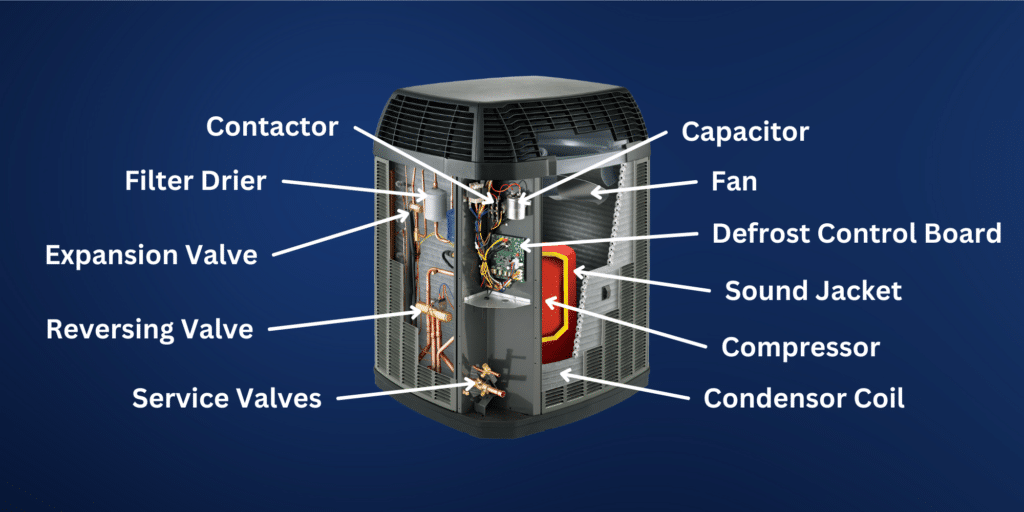
How Does a Heat Pump Work?
Understanding the individual steps in the refrigeration cycle can help you understand how a heat pump is able to extract heat from frigid winter air in an energy efficient way. It also helps you compare different cooling and heating systems to know whether a heat pump is the best fit for your home. Here’s how it works to keep your home at the right temperature year-round:
Cooling Mode (Summer)
In cooling mode, a heat pump works just like your typical air conditioning system:
Step 1: Warm indoor air passes over your indoor coil (which contains cold refrigerant).
Step 2: Refrigerant in the indoor coil absorbs unwanted heat from the warm air in your home.
Step 3: The added heat turns the refrigerant from a liquid into a vapor/gas. That’s why we call the indoor coil the “evaporator.”
Step 4: The compressor in your outdoor unit pulls in this cool low-pressure vapor and compresses it. This 3x increase in pressure “concentrates” the thermal energy, raising the temperature.
Step 5: The refrigerant then flows through the outdoor coil which releases its heat into the outside air. As the refrigerant cool back down, it condenses from hot vapor into cool liquid. That’s why we call the outdoor coil the “condenser.”
Step 6: The cool liquid heads back indoors where the cycle repeats, keeping your home cool and comfortable all summer!
Heating Mode (Winter)
In heating mode, think of an air conditioner that cools the outdoors. Air source heat pumps work in reverse in the winter, absorbing heat from outdoor air and pumping the hot refrigerant indoors to warm your home. Heat pumps work by transferring heat instead of burning fuel.
It’s essentially the same process as cooling mode, just in reverse:
Step 1: The TXV in the outdoor coil lowers the refrigerant pressure, making it even colder than the air.
Step 2: The super cold refrigerant absorbs thermal energy from the outdoor air – even when temps are below freezing!
Step 3: Your outdoor unit’s compressor pressurizes the refrigerant, raising its temperature (often to more than 130°F).
Step 4: The hot gas refrigerant is pumped inside, where it moves through the indoor coil and releases heat into your home.
Step 5: As the refrigerant releases heat, it cools down, returns to a liquid state, and gets pumped back outside.
Step 6: To absorb heat from the cold outdoor air, the refrigerant must be even colder. The cold outdoor coil will collect moisture from the air and gradually create a layer of frost, blocking air flow. As the heat pump senses icing, it starts a defrost cycle to quickly melt the ice and return to normal operation. Read more about defrost cycles here.
Step 7: The cycle repeats, keeping your home warm and cozy throughout the winter.
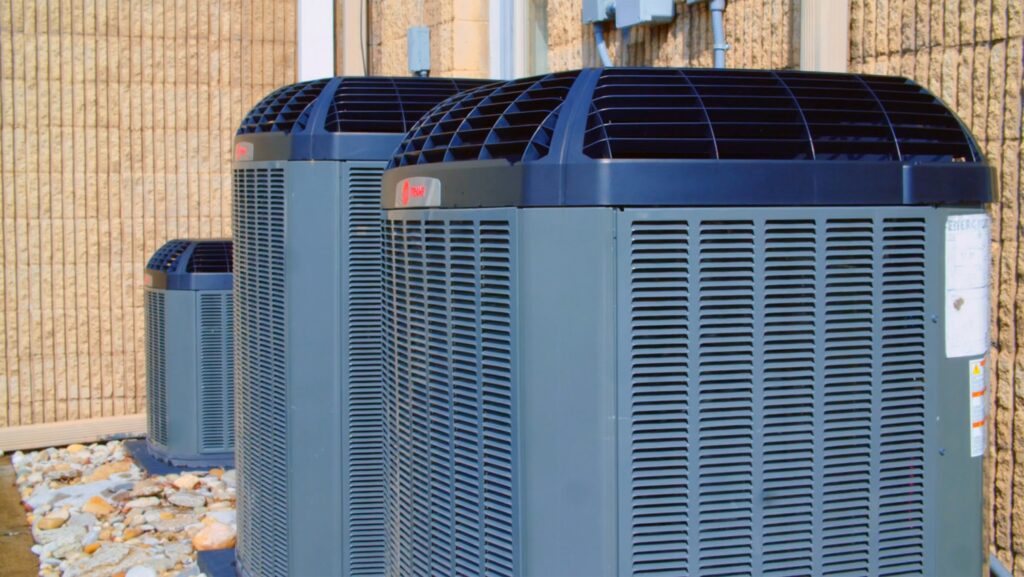
What Does a Heat Pump Look Like?
Air source heat pumps look exactly like an air conditioner on the outside! They are a metal box outside your home with a fan inside the unit. The only physical difference is that a heat pump has a reversing valve, but that part isn’t visible unless you open the thing up.
Because they look so similar, a lot of owners think they have an air conditioner when it’s actually a heat pump! The easiest way to tell is by checking your thermostat! If you see settings like Emergency Heat or Aux Heat, you have a heat pump (or at least a heat pump thermostat). Another way is to check your outdoor unit in the winter – if it’s running while your home is heating, it’s a heat pump.
What’s Inside a Heat Pump?
We’ve covered the basics of how a heat pump works. Now let’s take a look under the hood:
- Compressor – The Heart of the System
The compressor pumps refrigerant through the system, pressurizing it to raise the temperature so it can release heat. Think of compression like concentrating the existing heat into a smaller space. It doesn’t actually create heat, it just raises the temperature.
- Refrigerant – The Heat Mover
Refrigerant is a fluid that transfers heat through the system. It absorbs heat when it evaporates, and releases heat when it condenses back into a liquid. This cycle repeats continuously, allowing the heat pump to either cool your home in summer or warm it in winter.
- Evaporator and Condenser Coils – The Heat Exchangers
A heat pump system has two coils that transfer heat between the air and the refrigerant —one inside and one outside your home. These copper or aluminum coils hold refrigerant, which absorbs heat in one coil and releases it in the other. Thin tube walls make these heat exchangers more efficient and prone to leaks. To learn more, check out this blog about coil leaks.
- Reversing Valve – The Mode Switcher
This small but mighty part looks like the valves on a trumpet. It’s what sets the heat pump apart from a regular air conditioner. The reversing valve changes the direction of refrigerant flow, allowing the system to switch between heating and cooling. Without it, a heat pump would simply be an air conditioner.
- Expansion Valve – The Pressure Dropper
The expansion valve restricts the flow of refrigerant into the evaporator coil. This drops the pressure and boiling point which helps it absorb heat efficiently. A heat pump has an expansion valve or TXV on both the indoor and outdoor coils – one for heating and one for cooling.
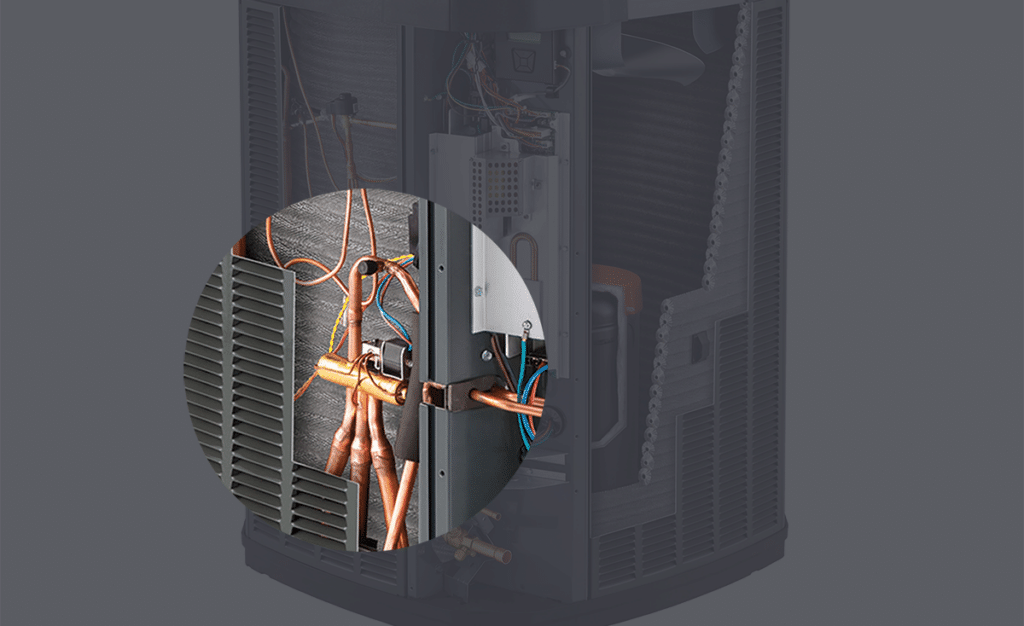
Are Heat Pumps Worth It? Pros and Cons for Homeowners
Air source heat pumps are an awesome solution for year-round comfort, offering high efficiency and versatility. But, like any piece of technology, they have their pros and cons. Let’s break down the biggest advantages and potential disadvantages of a heat pump so you can decide if it’s the right choice for your home.
Pros
✅ Single Unit For All Seasons
Having one system handle both your heating and cooling saves you the hassle of buying and maintaining two separate units.
✅ Energy Efficiency
Because they transfer heat (instead of creating it by burning fuel or using high-wattage resistance), heat pumps can be 2–4 times more energy efficient than a traditional heating system. Lowering energy costs can be a great way to balance out the upfront cost of a heat pump system.
✅ Less Maintenance
Because there’s no combustion, a heat pump has fewer components that can break compared to units like a gas furnace. You also don’t have to worry about carbon monoxide like other heating systems.
✅ Seamless Hot Water Setup
Some heat pump models can connect to your water heater system, efficiently turning waste heat into hot water.
Cons
🚫 Longevity
Because a heat pump runs in both winter and summer, it has nearly double the runtime compared to a standard air conditioner. This leads to the average heat pump unit wearing out faster than an air conditioner unit.
🚫 Noise Levels
During winter, the outdoor heat pump unit has to work harder (especially older or cheaper models) and can sound a bit noisy on cold, quiet nights.
🚫 Performance in Extreme Cold
Modern cold-climate heat pumps can handle subzero temperatures quite effectively, but old systems may struggle around 30°F and freezing temps can affect efficiency for any heat pump. If you live in an area with extreme subzero winters, a backup heat source or a hybrid system might be necessary.
Considerations for Ohio Homeowners
Heat pumps excel in mild climates, but Ohio’s harsh winters—averaging 20+ nights below 10°F —test their limits. The thermal balance point, where heat output equals home heat loss, often falls above 30°F for a correctly sized unit. Below this, supplemental heat bridges the gap, diminishing efficiency gains.
Ground source heat pumps, which pull thermal energy from underground temperatures, can perform better in cold climates but they’re also more expensive and difficult to install.
For cost-conscious homeowners with gas access, a high-efficiency gas furnace remains competitive. Pairing it with a heat pump sized for cooling offers a hybrid approach: gas for winter savings, electric for summer and shoulder seasons. Environmental impact hinges on the grid—Ohio’s coal reliance offsets some “green” benefits of electrification.
Curious about the cost of a heat pump system? Check out our heat pump installation costs here. Investing in the right cooling and heating system can keep your home comfortable and efficient for years to come!

